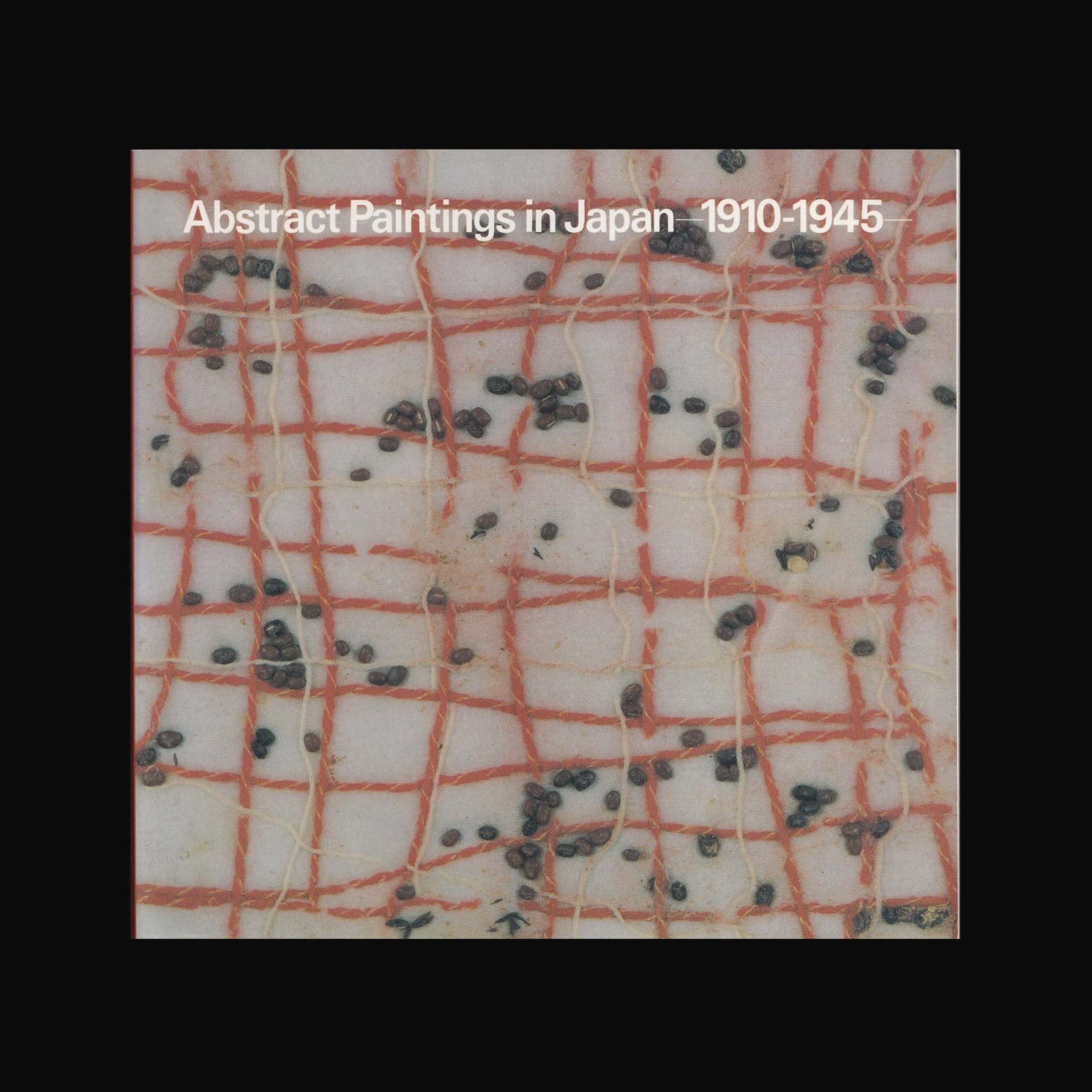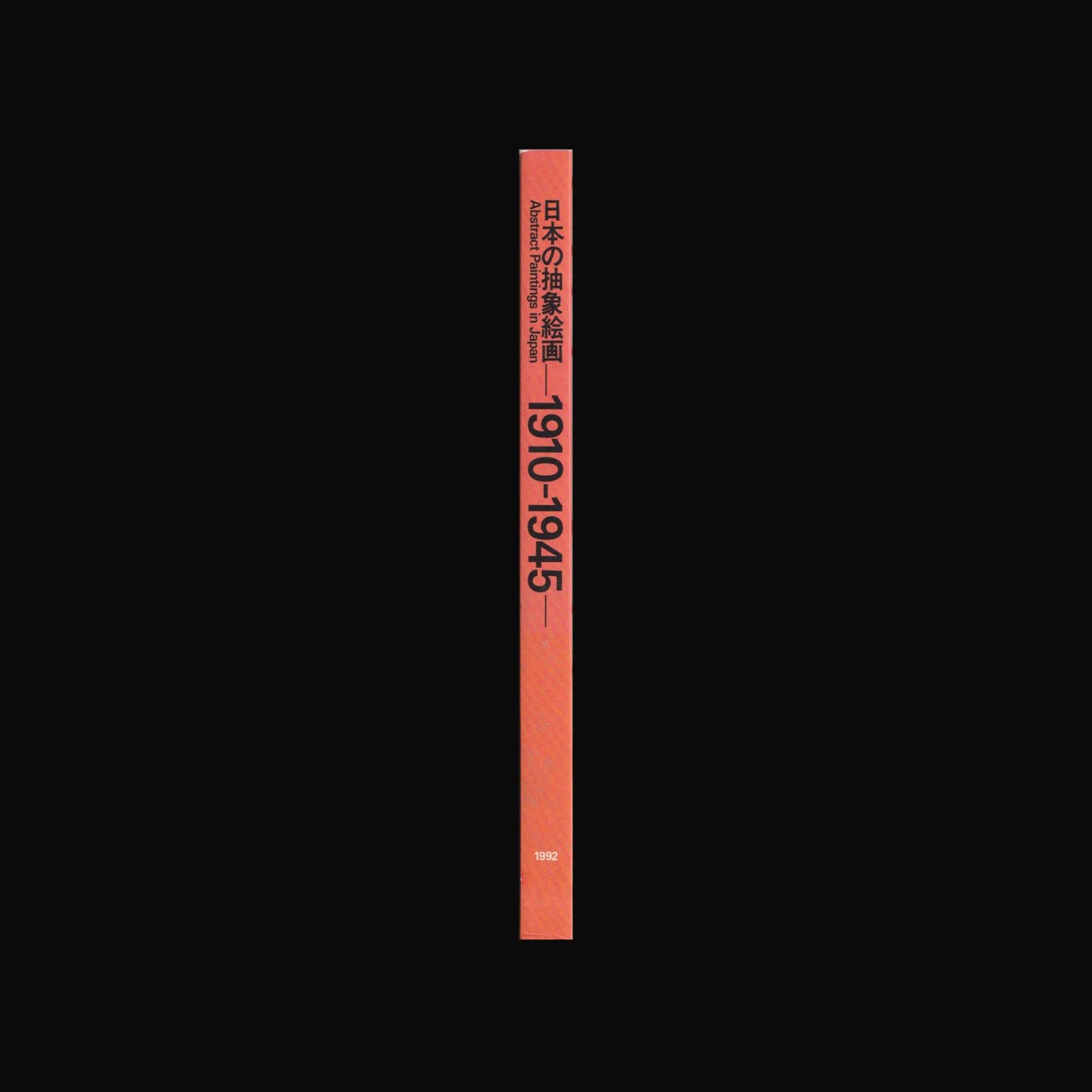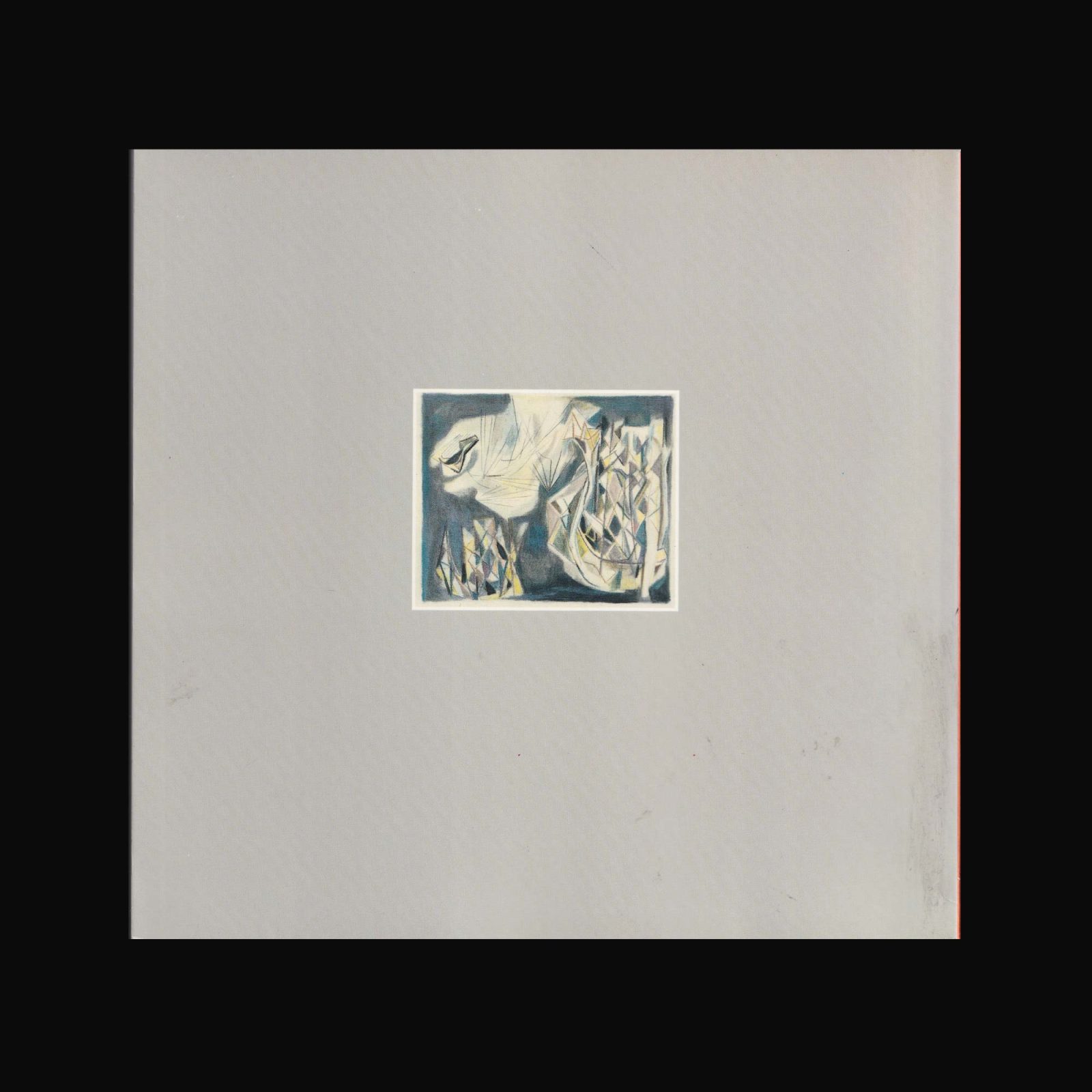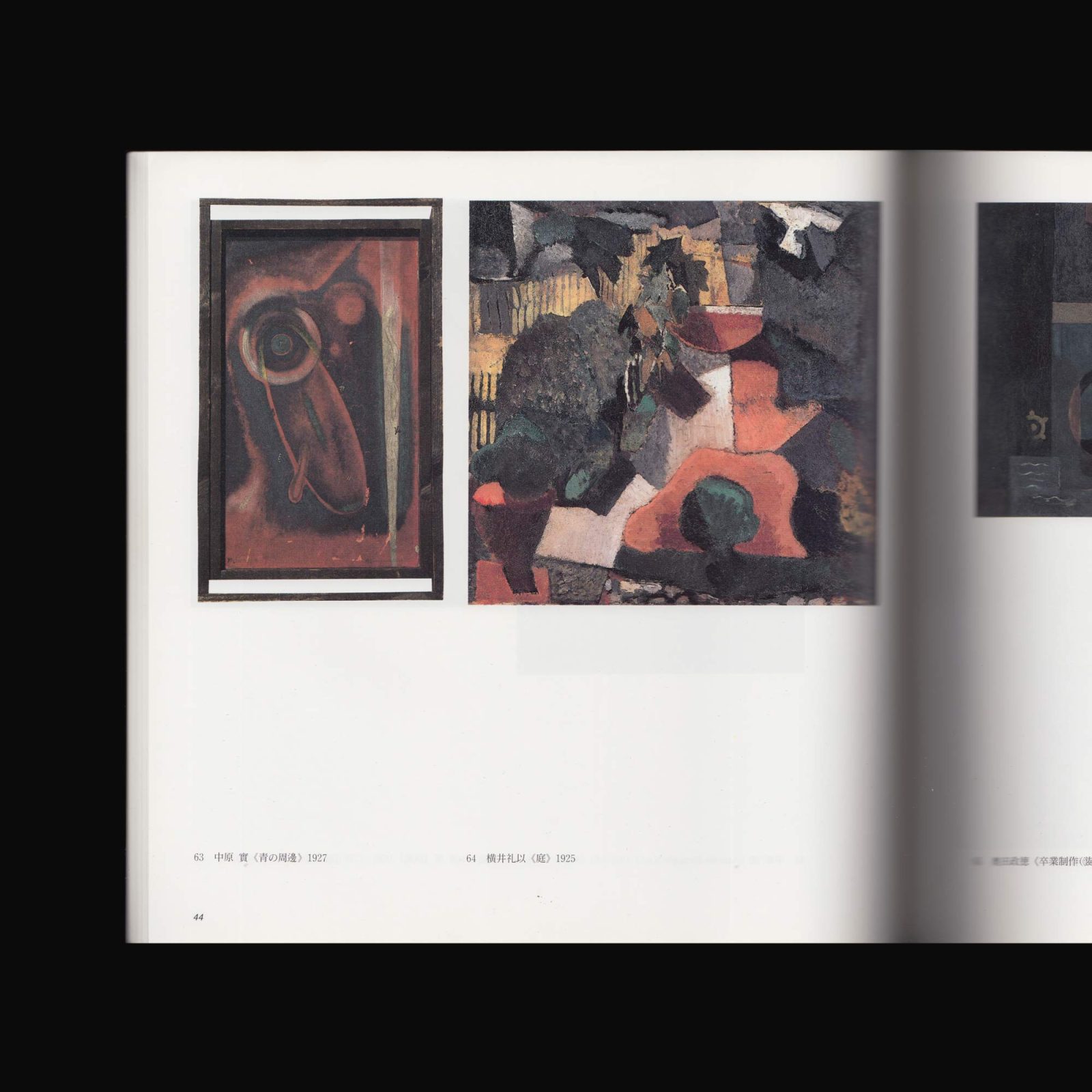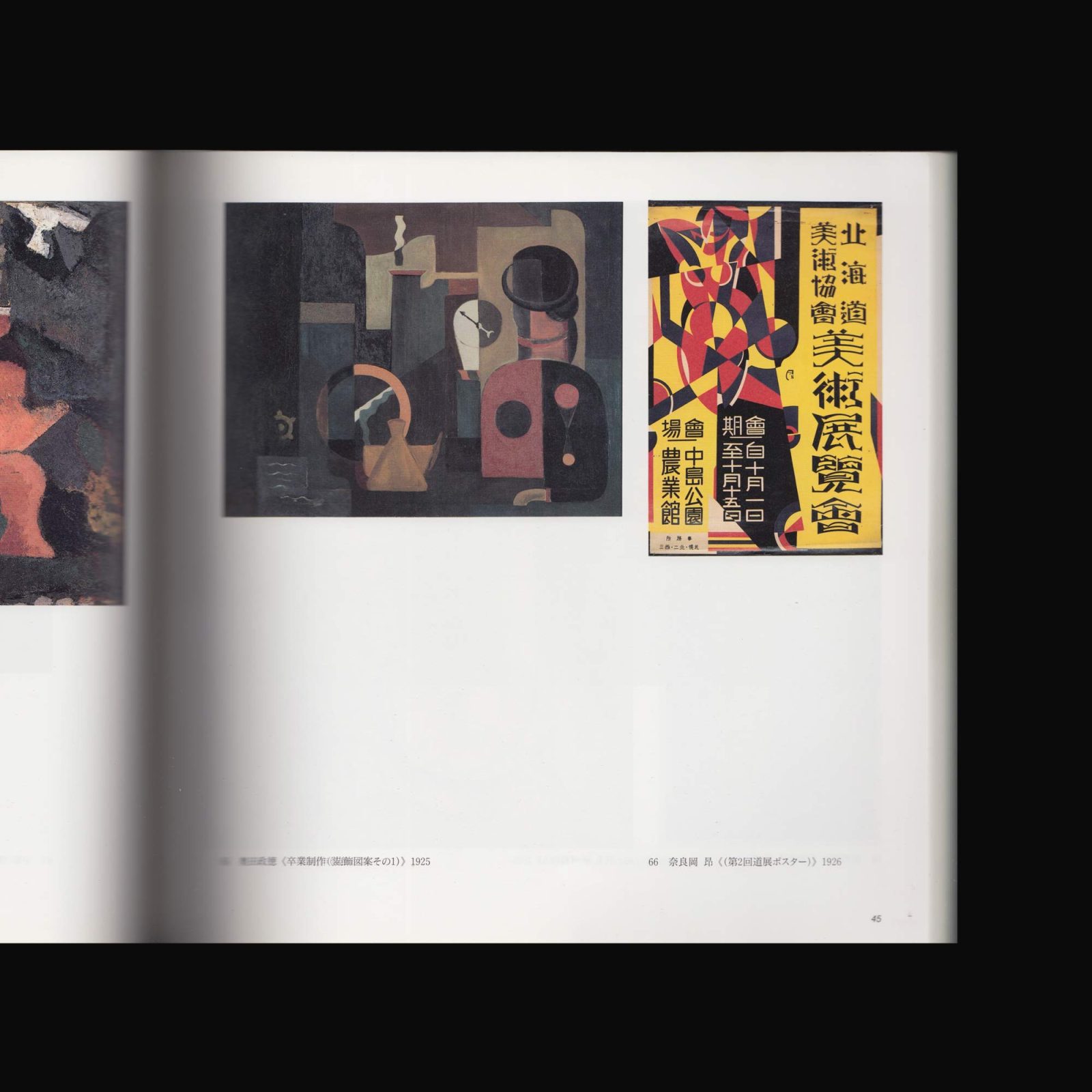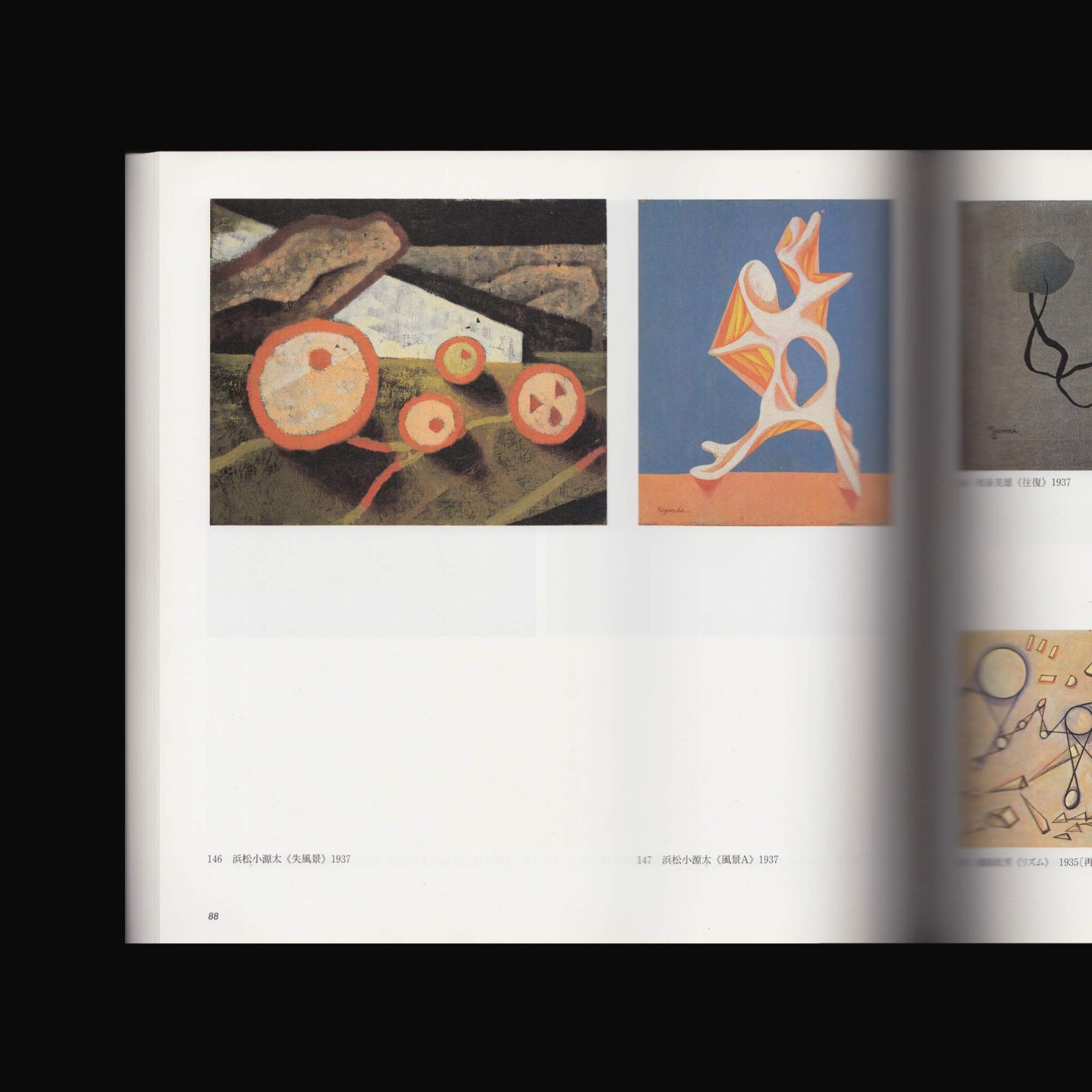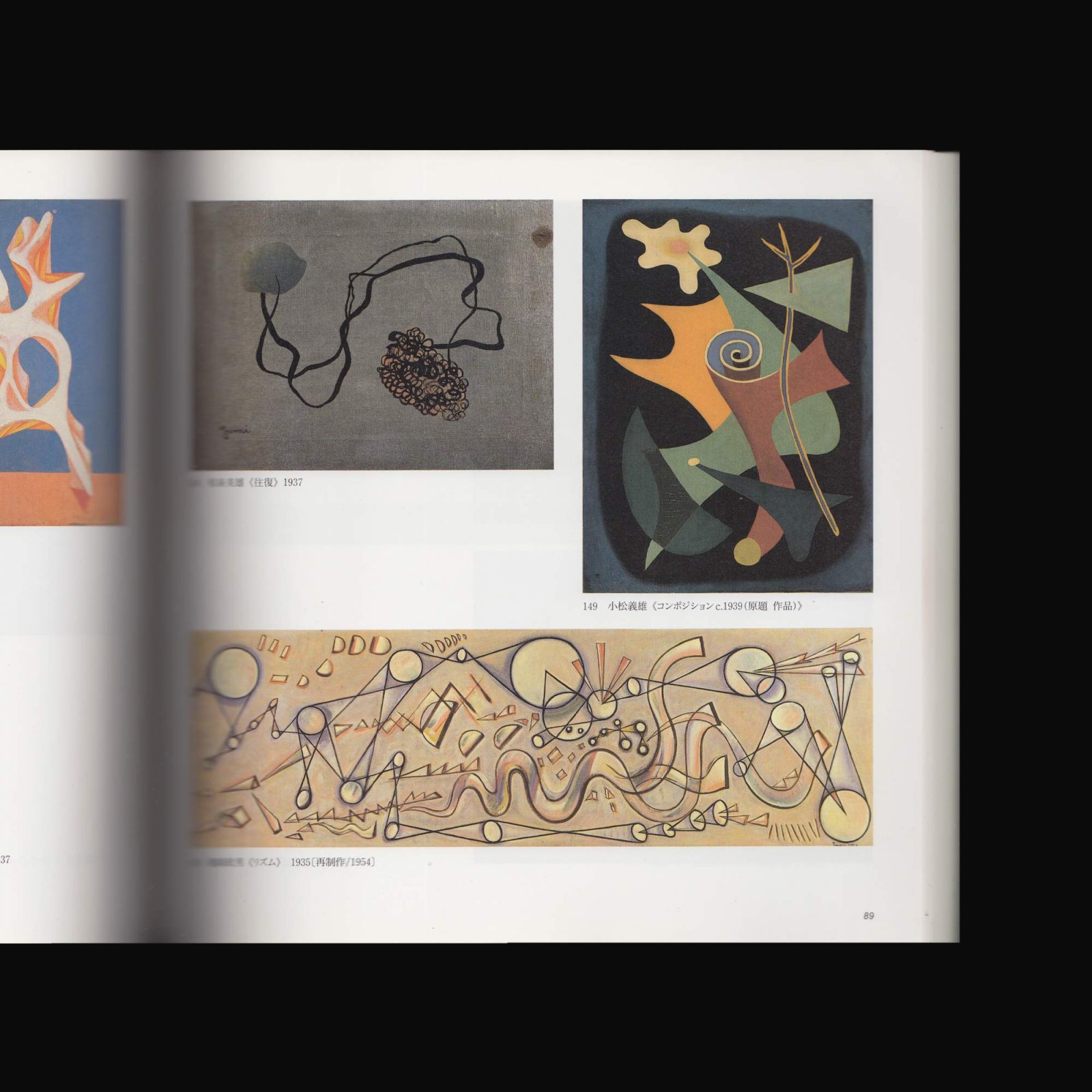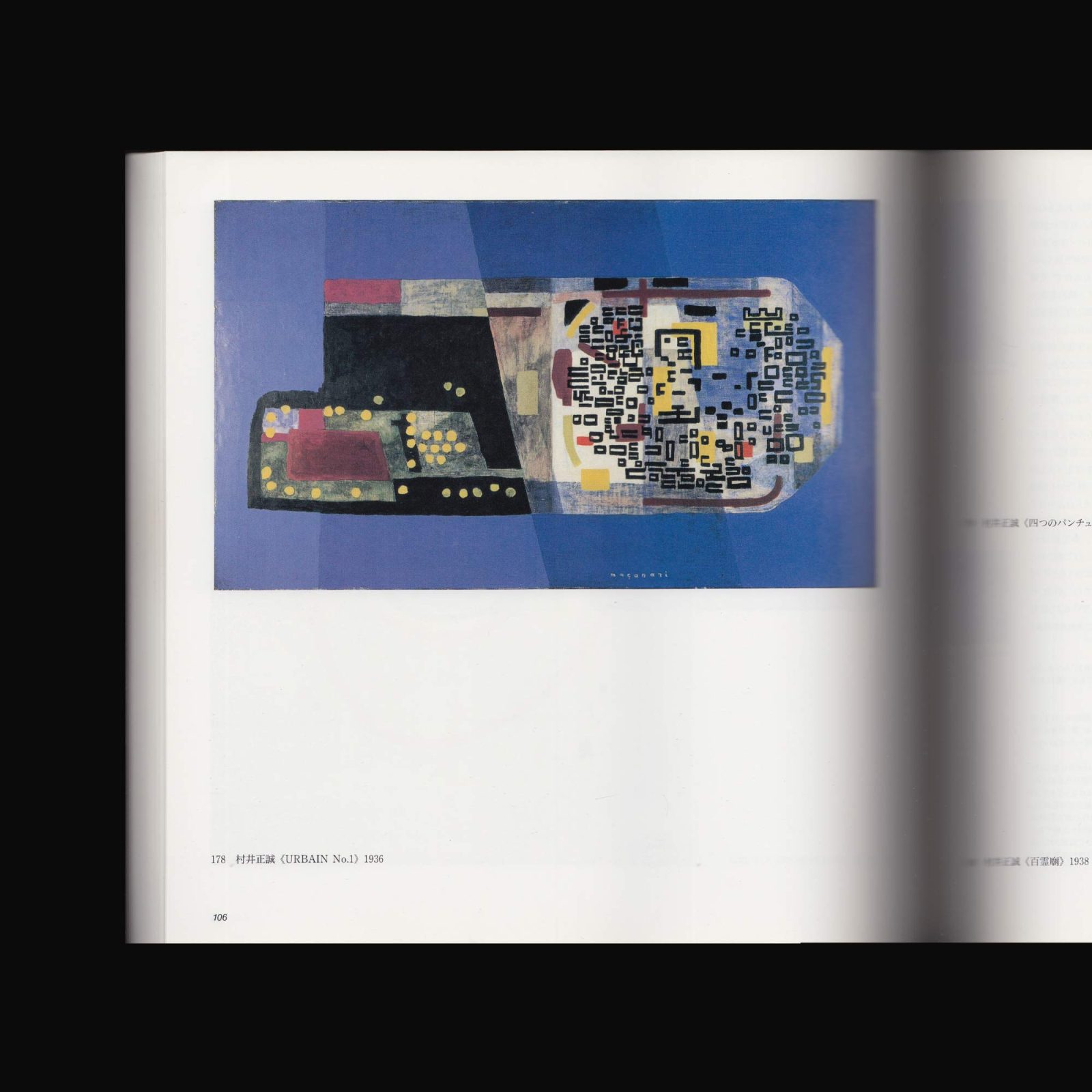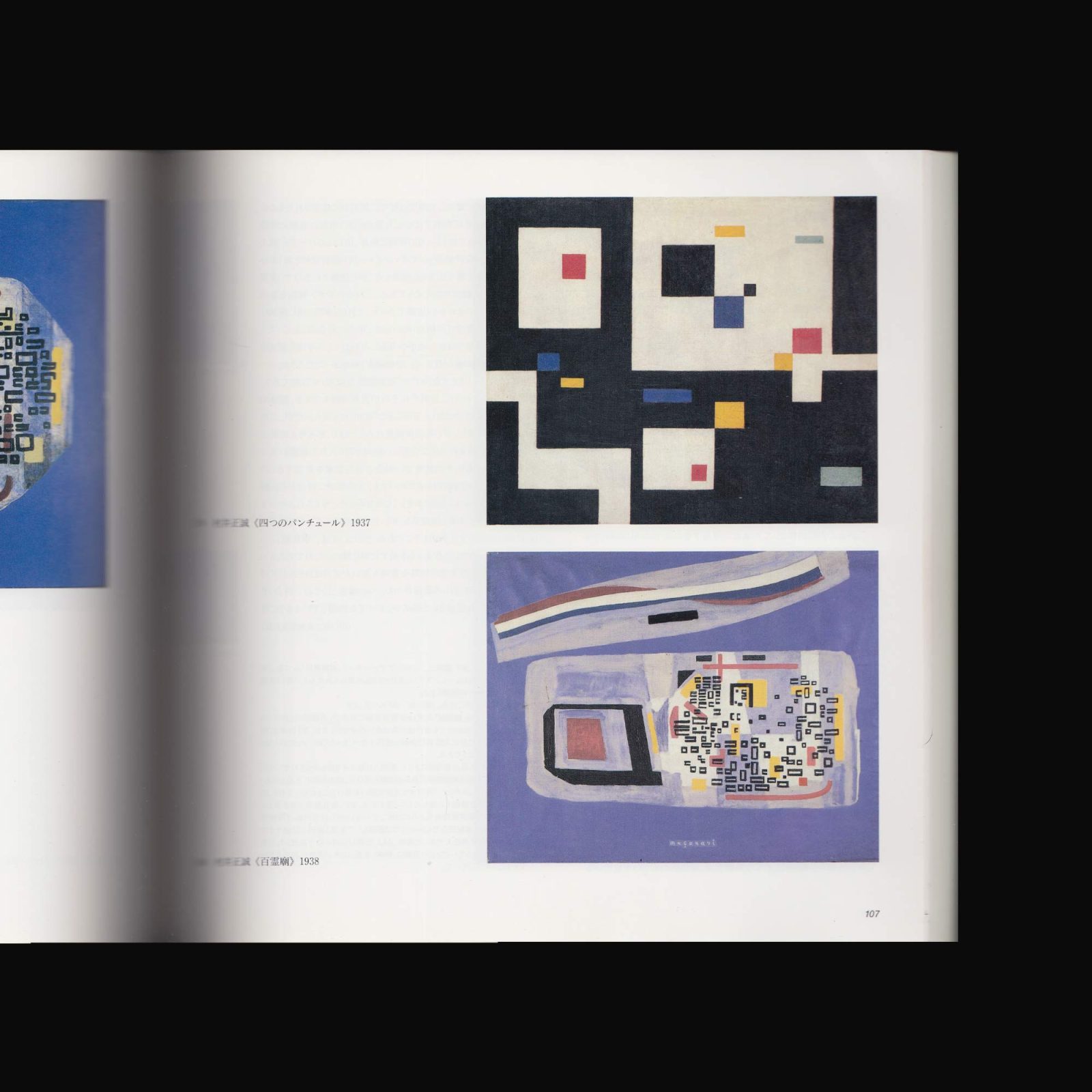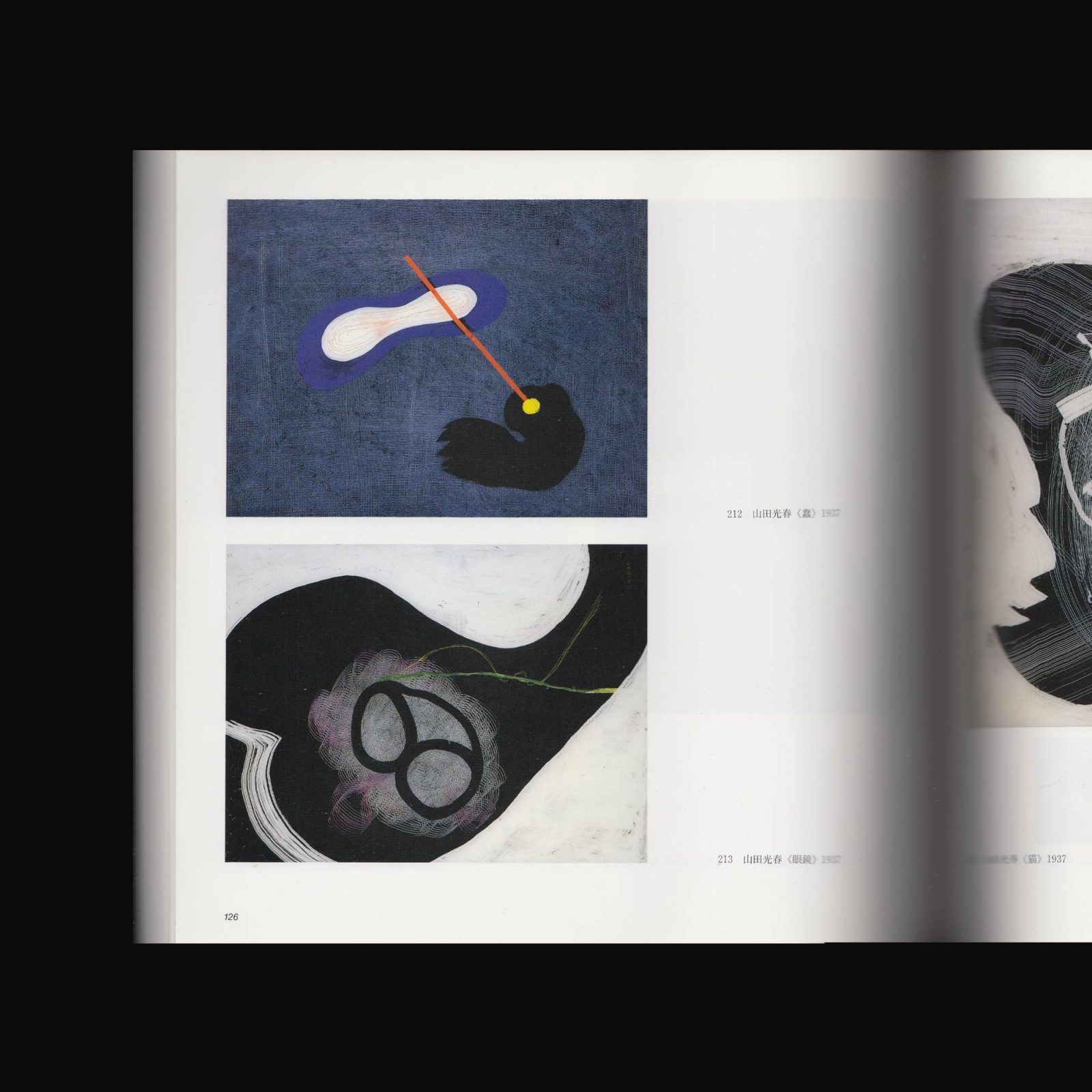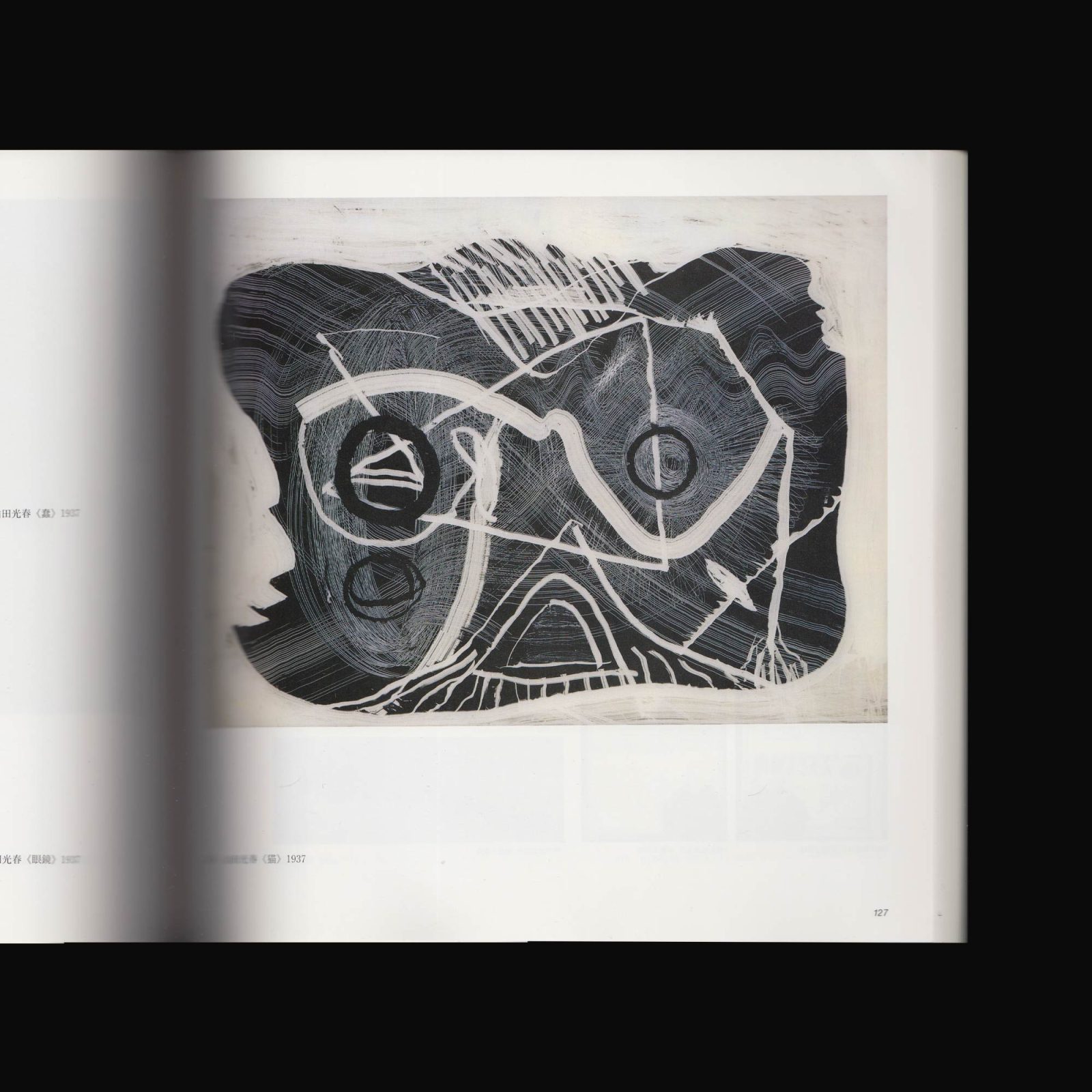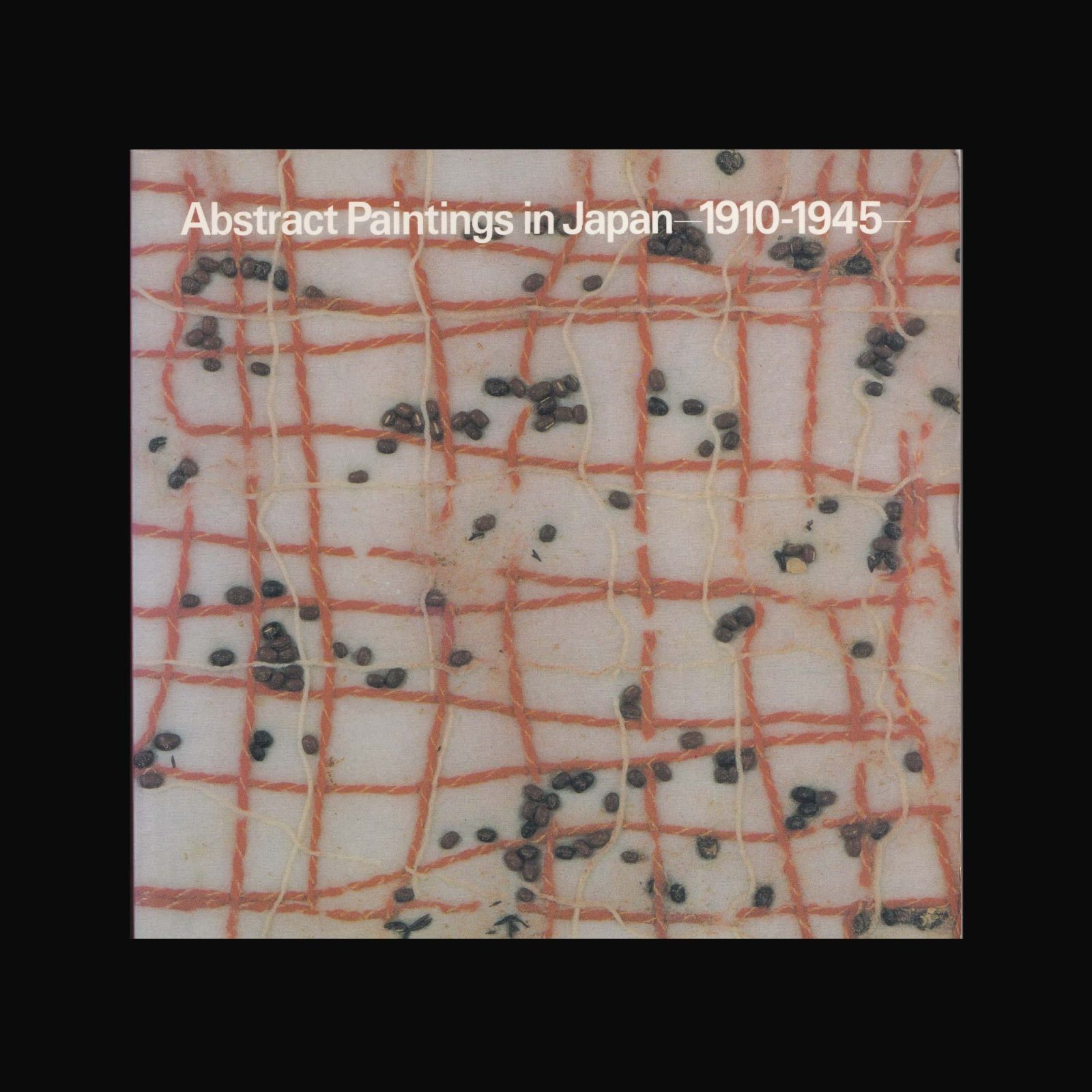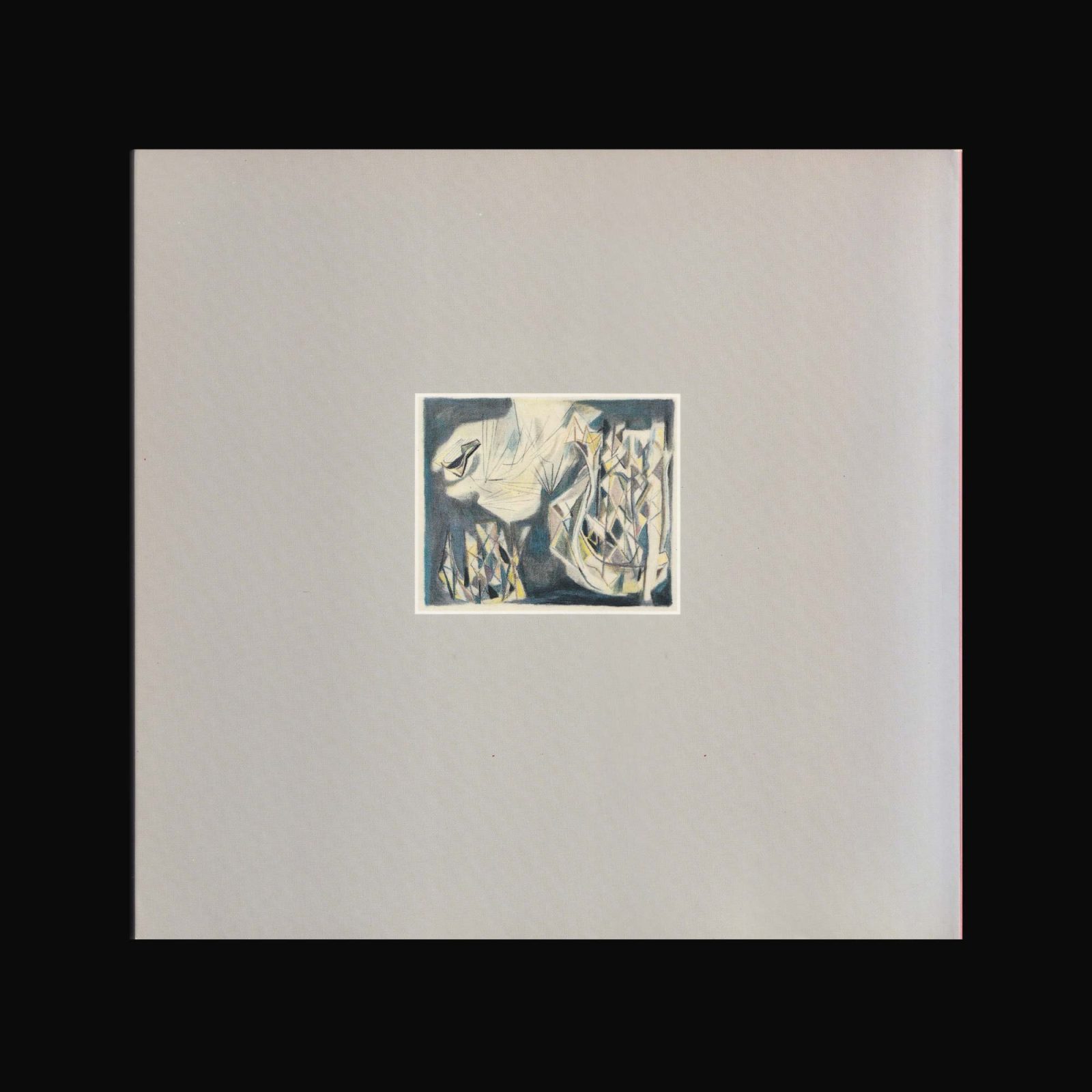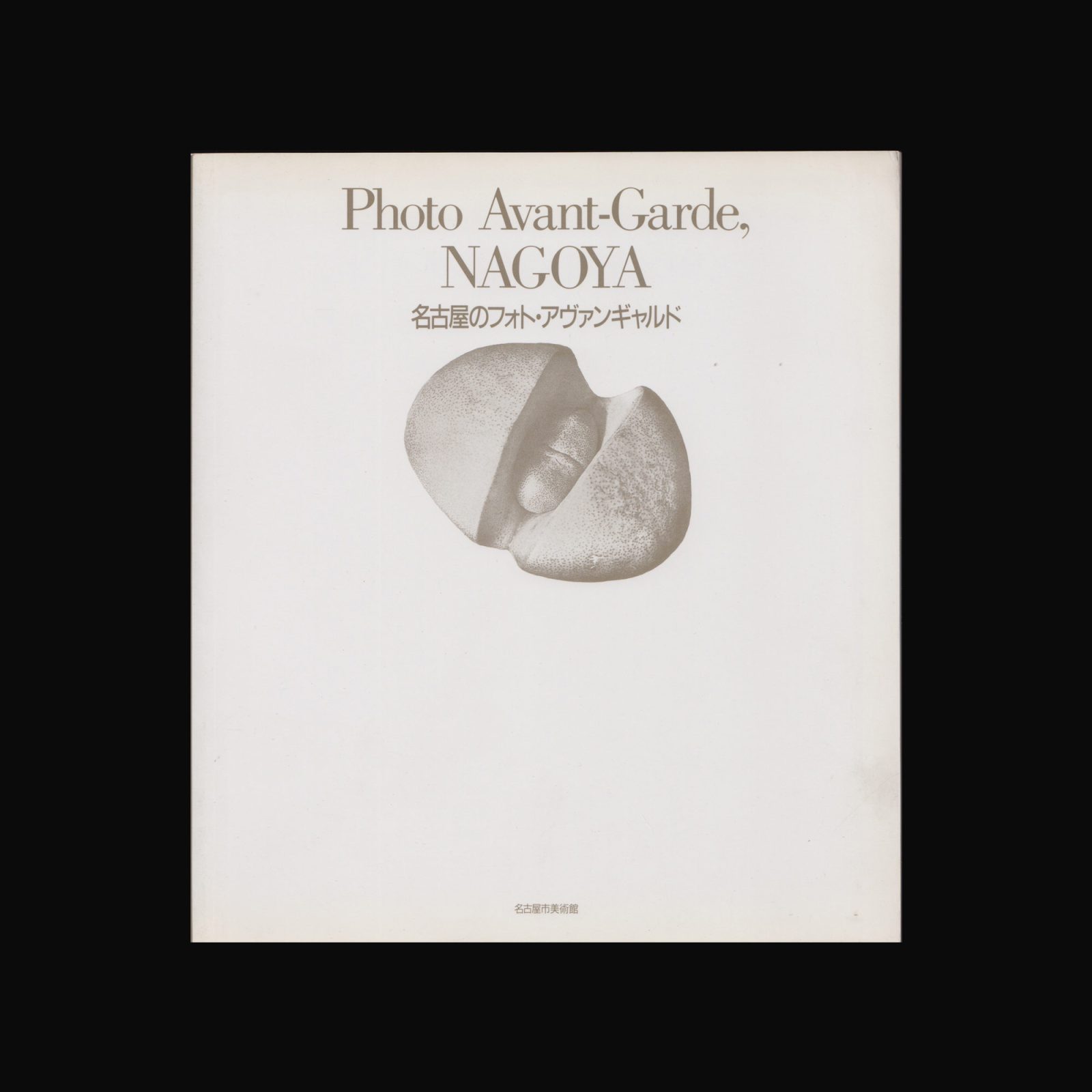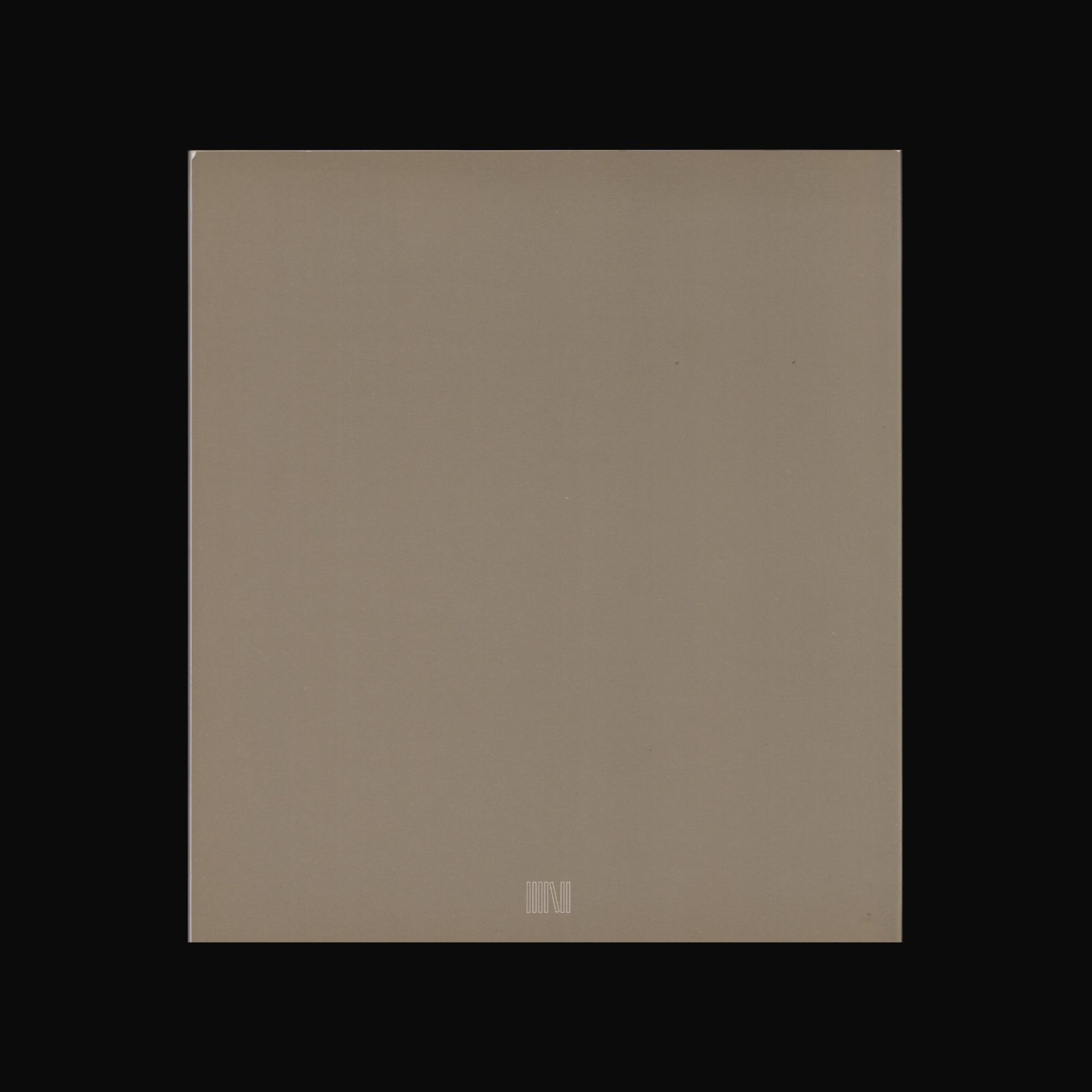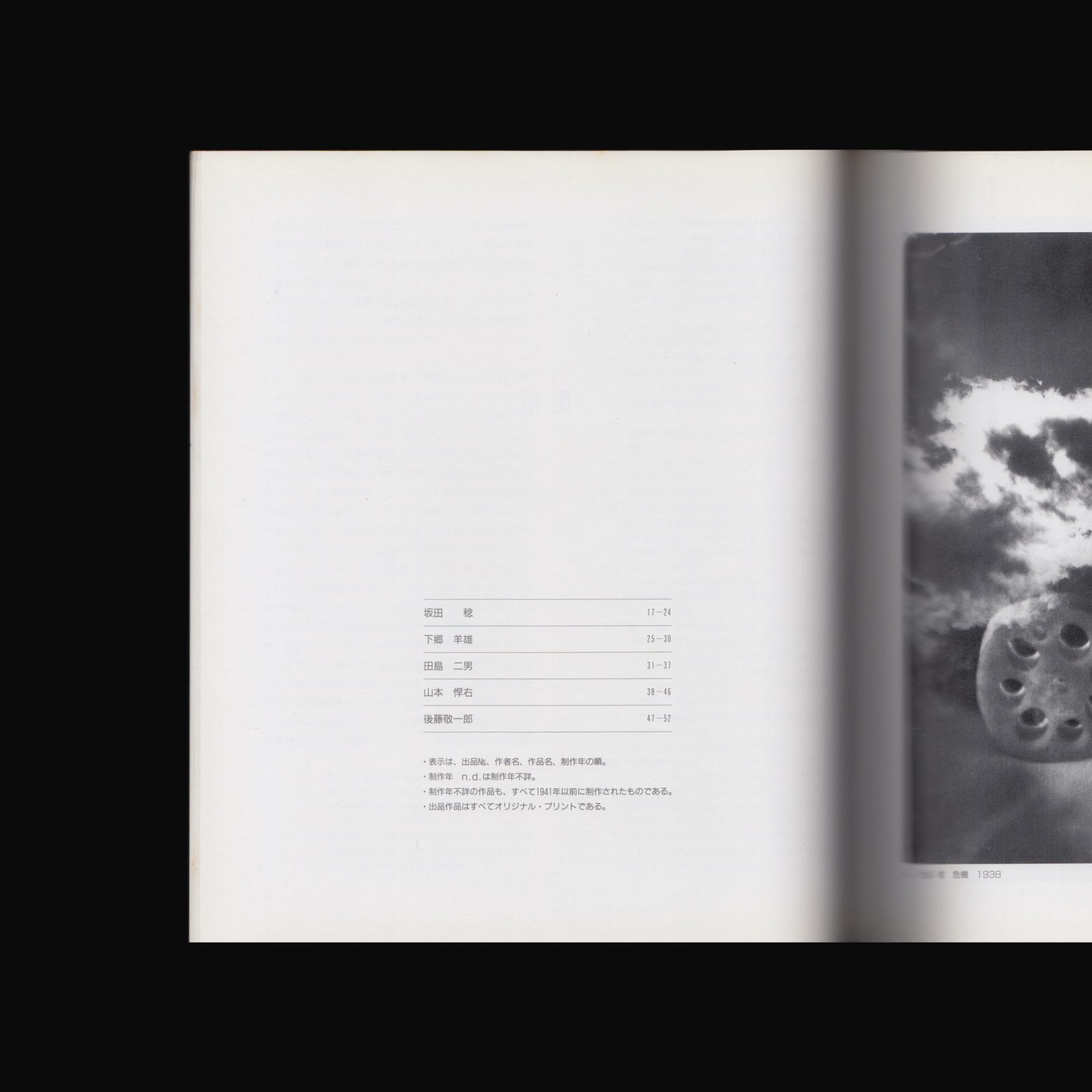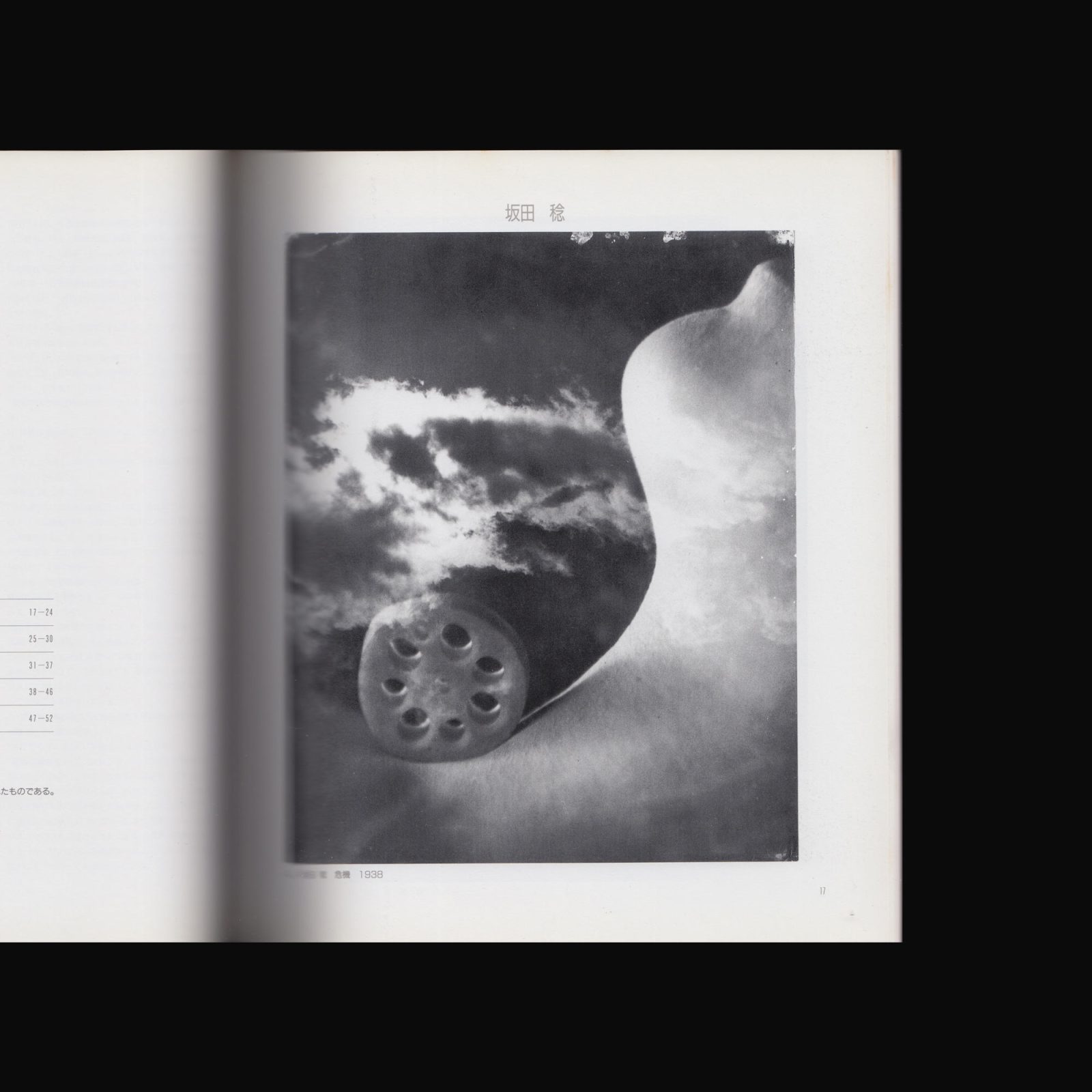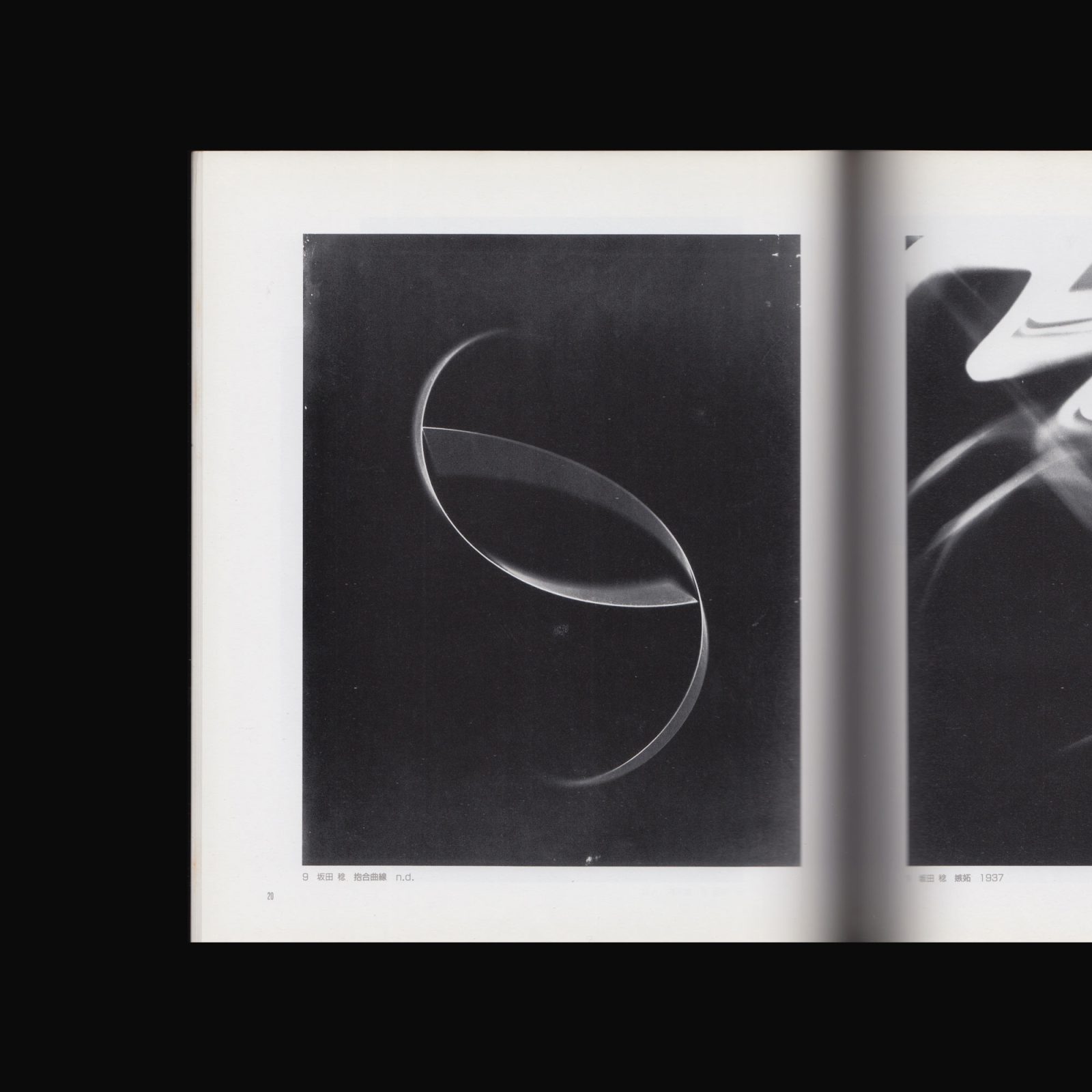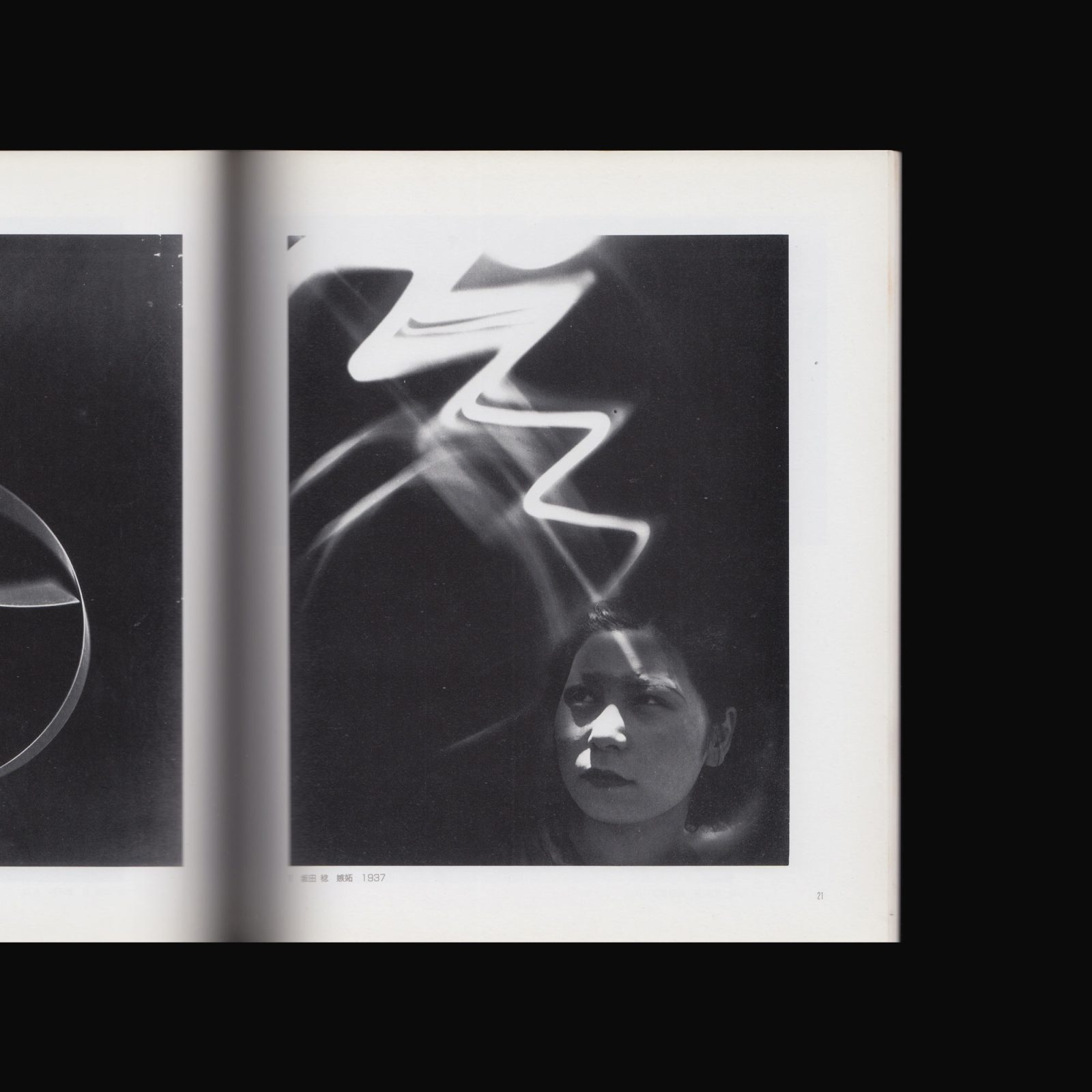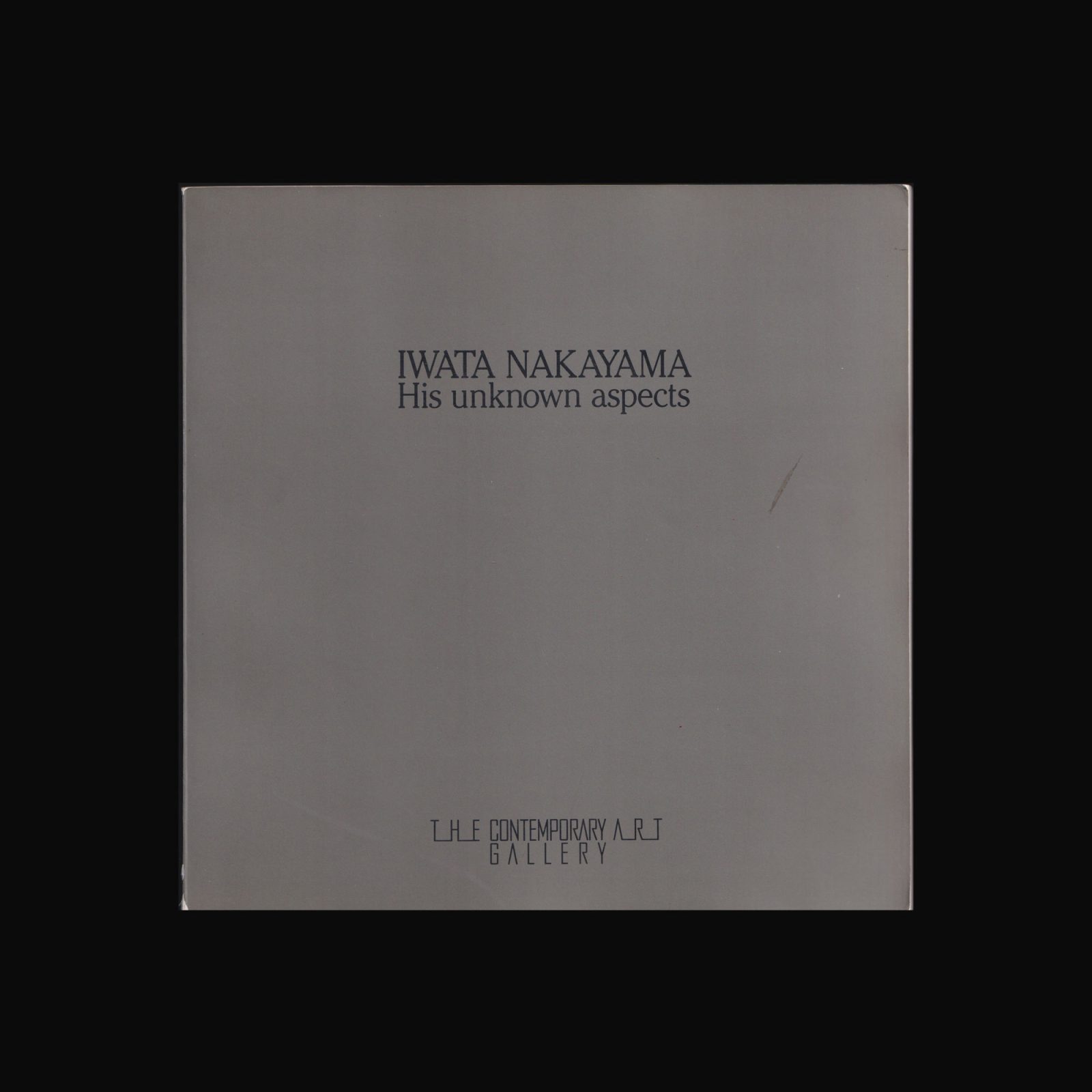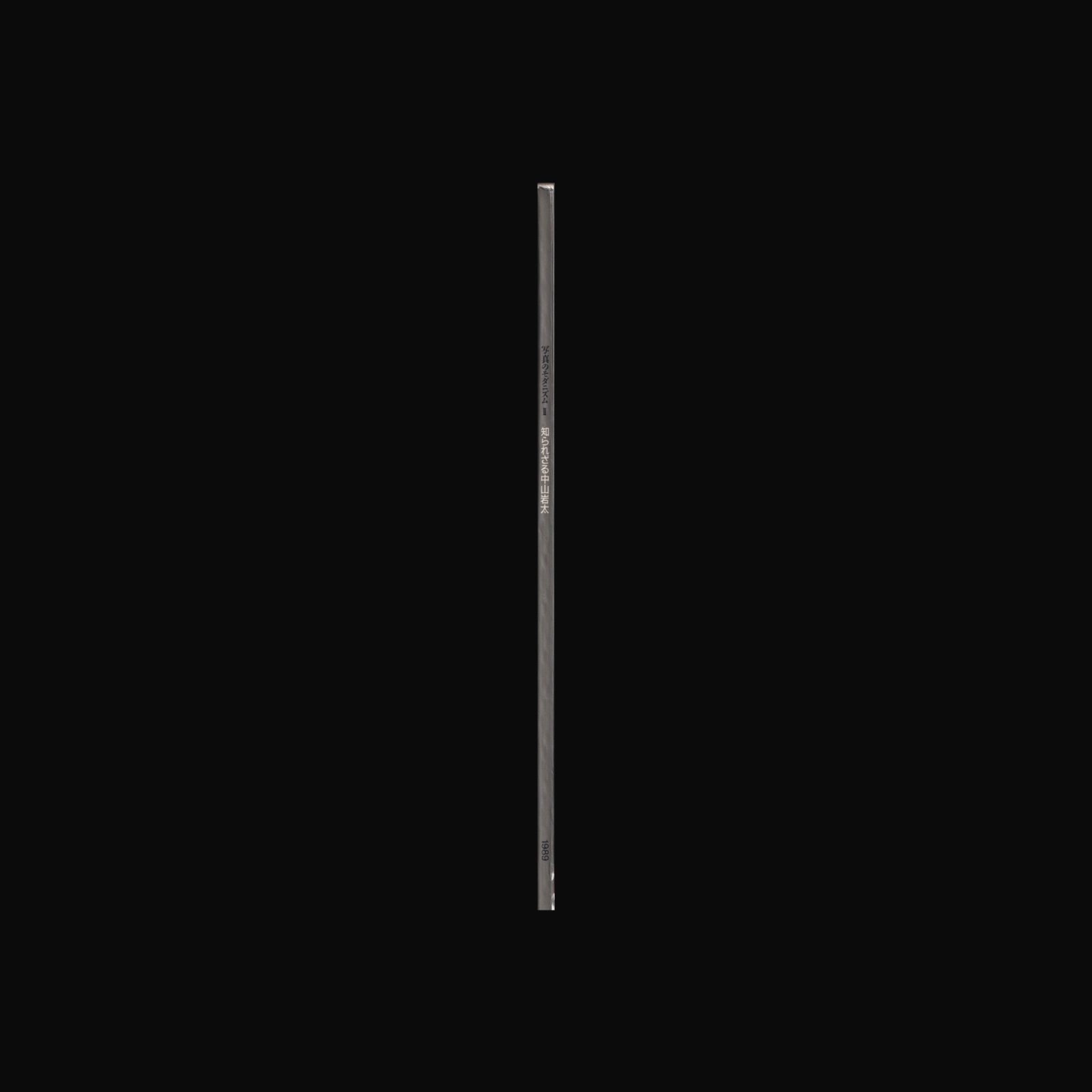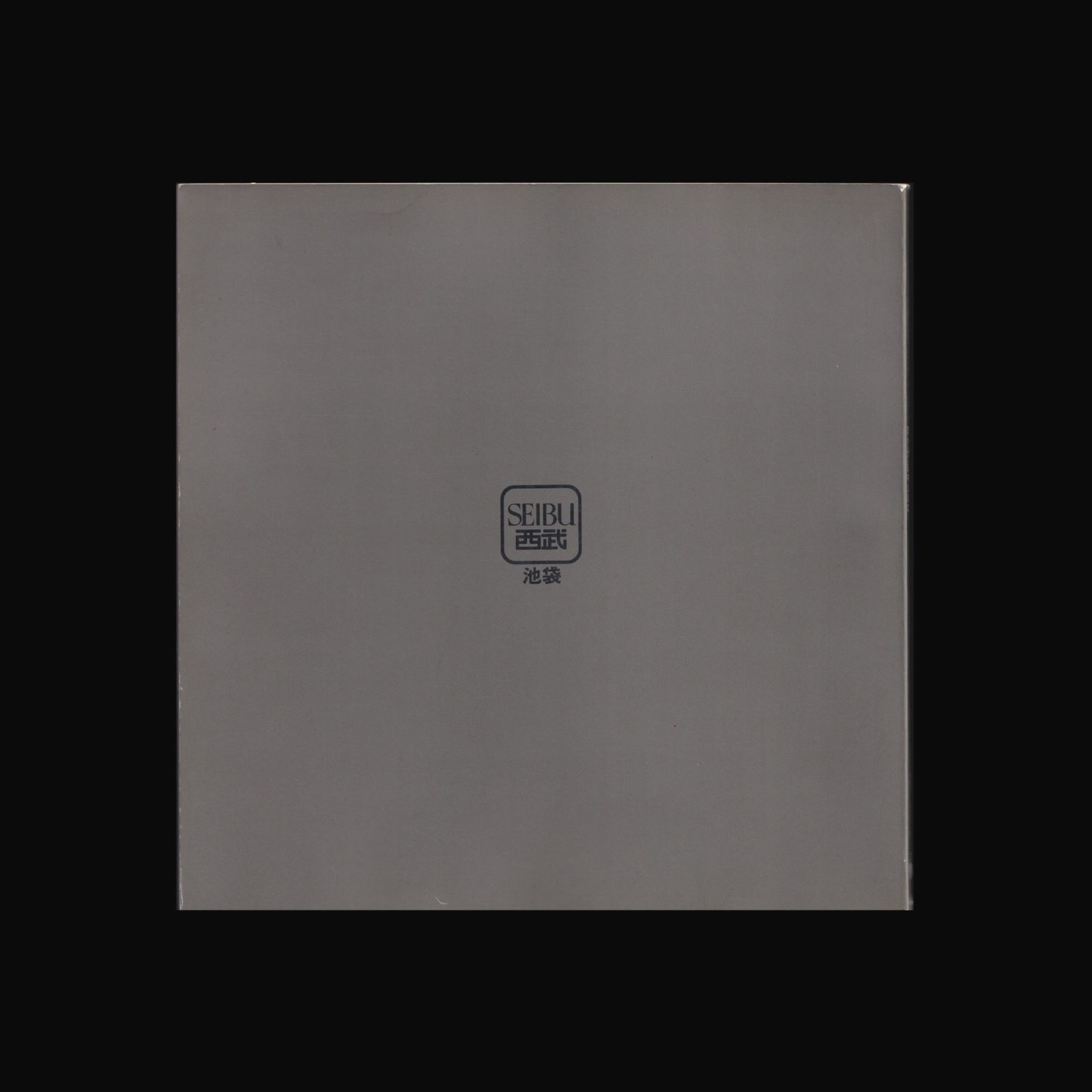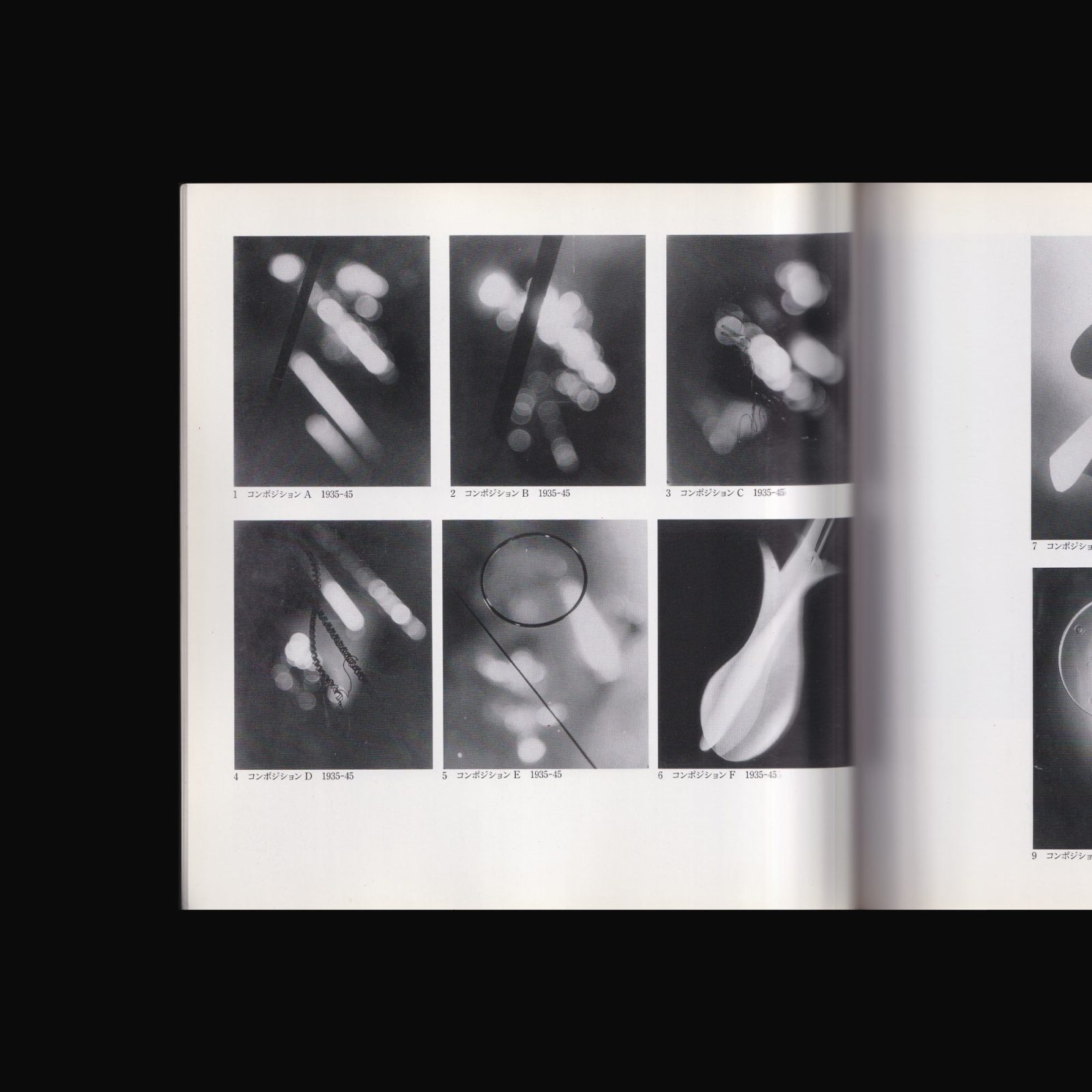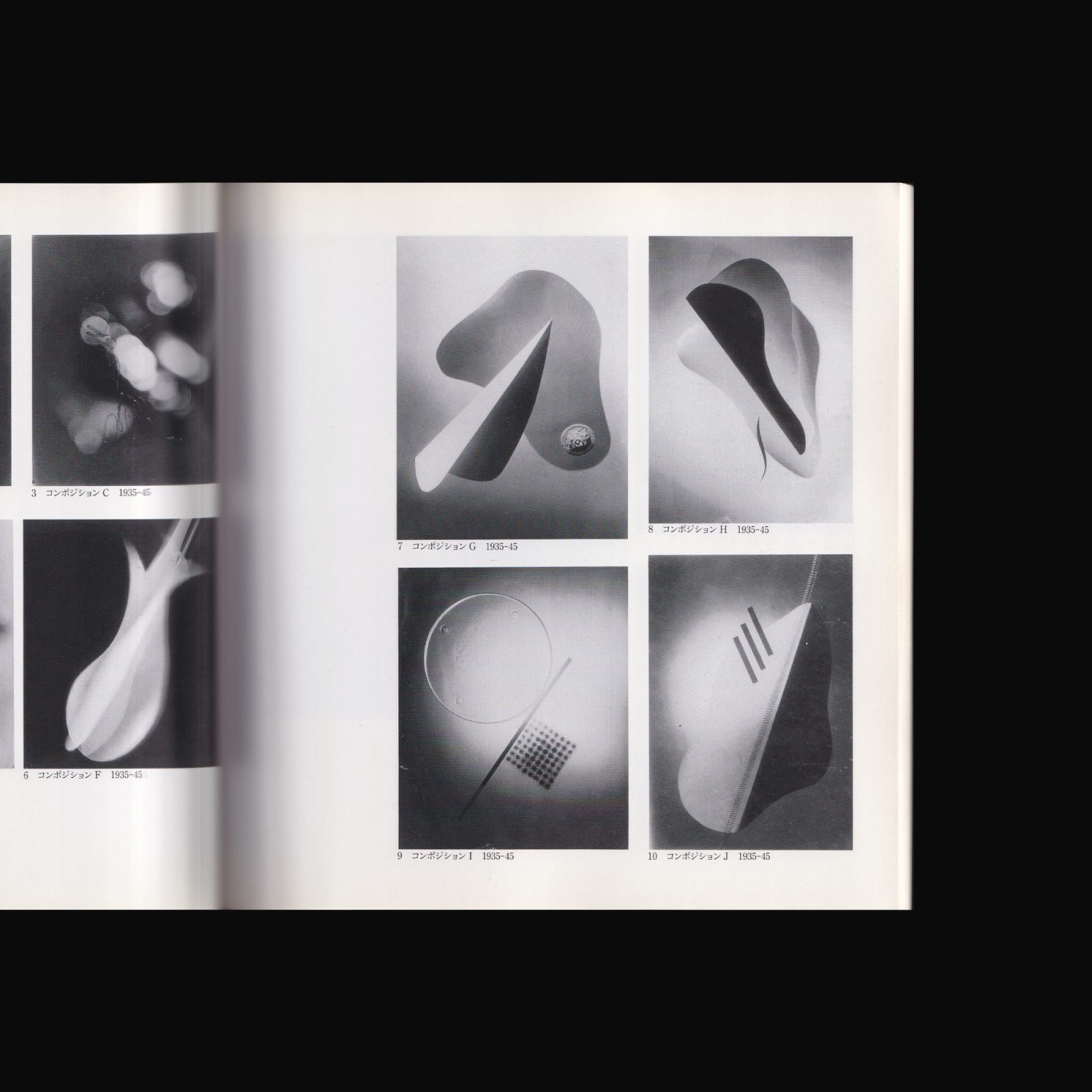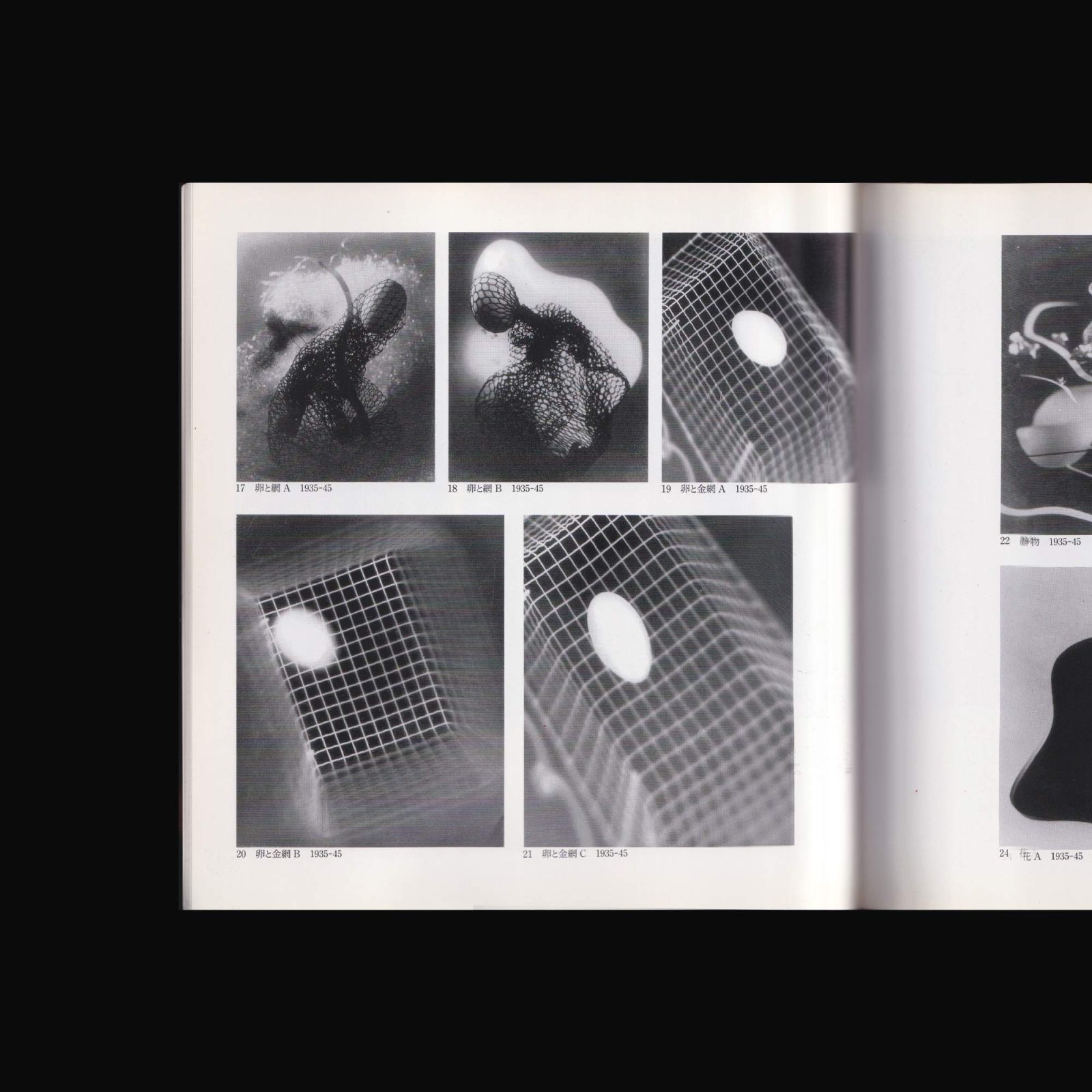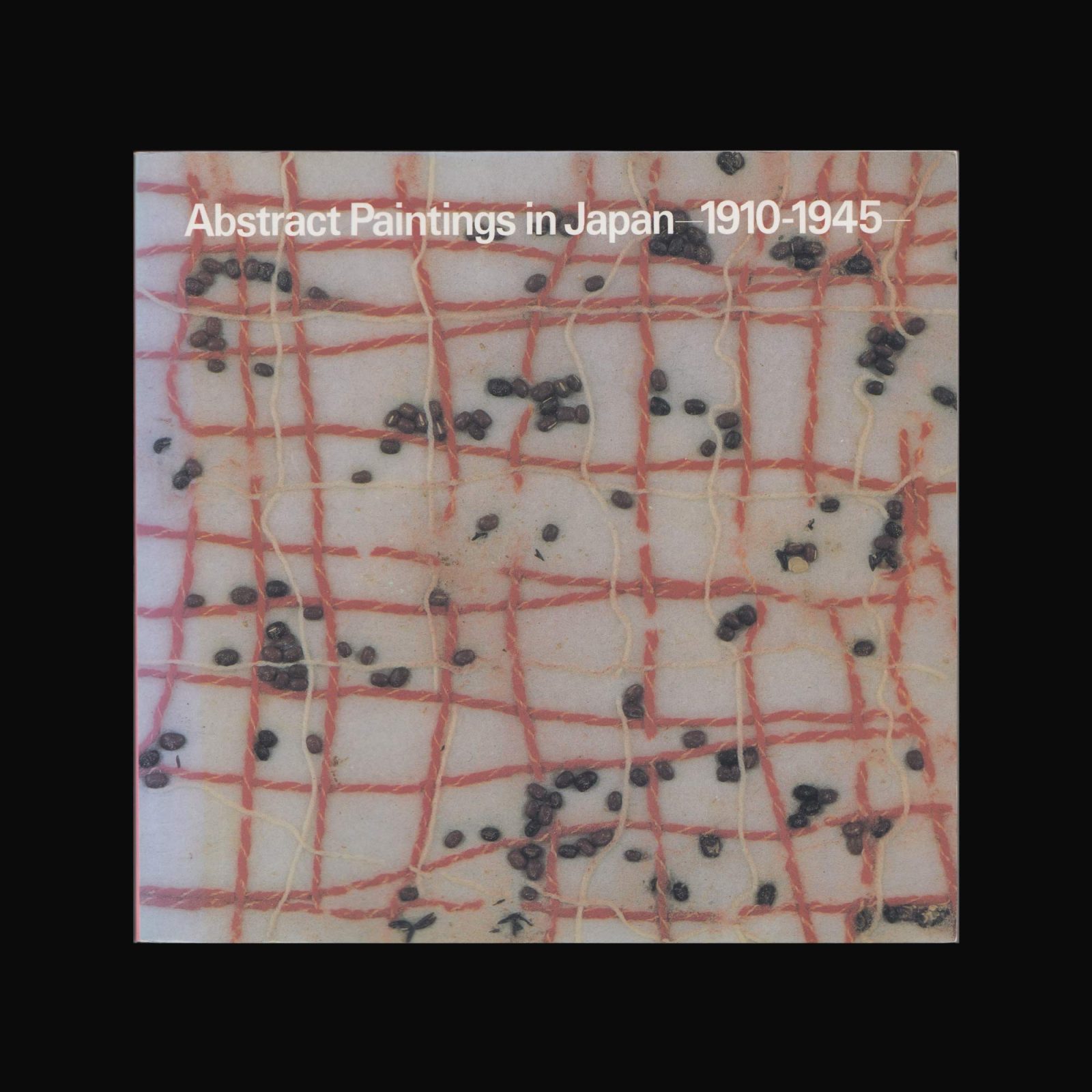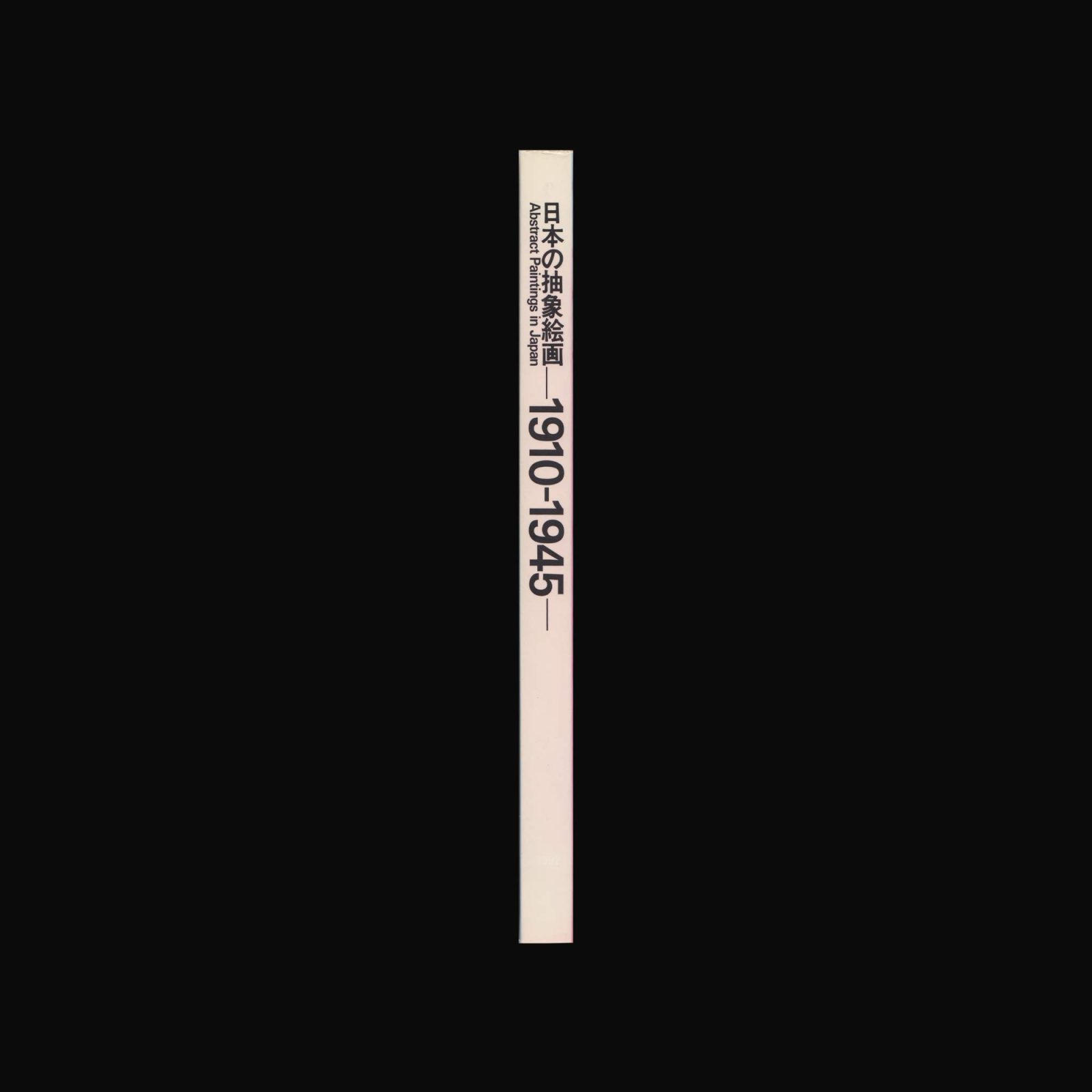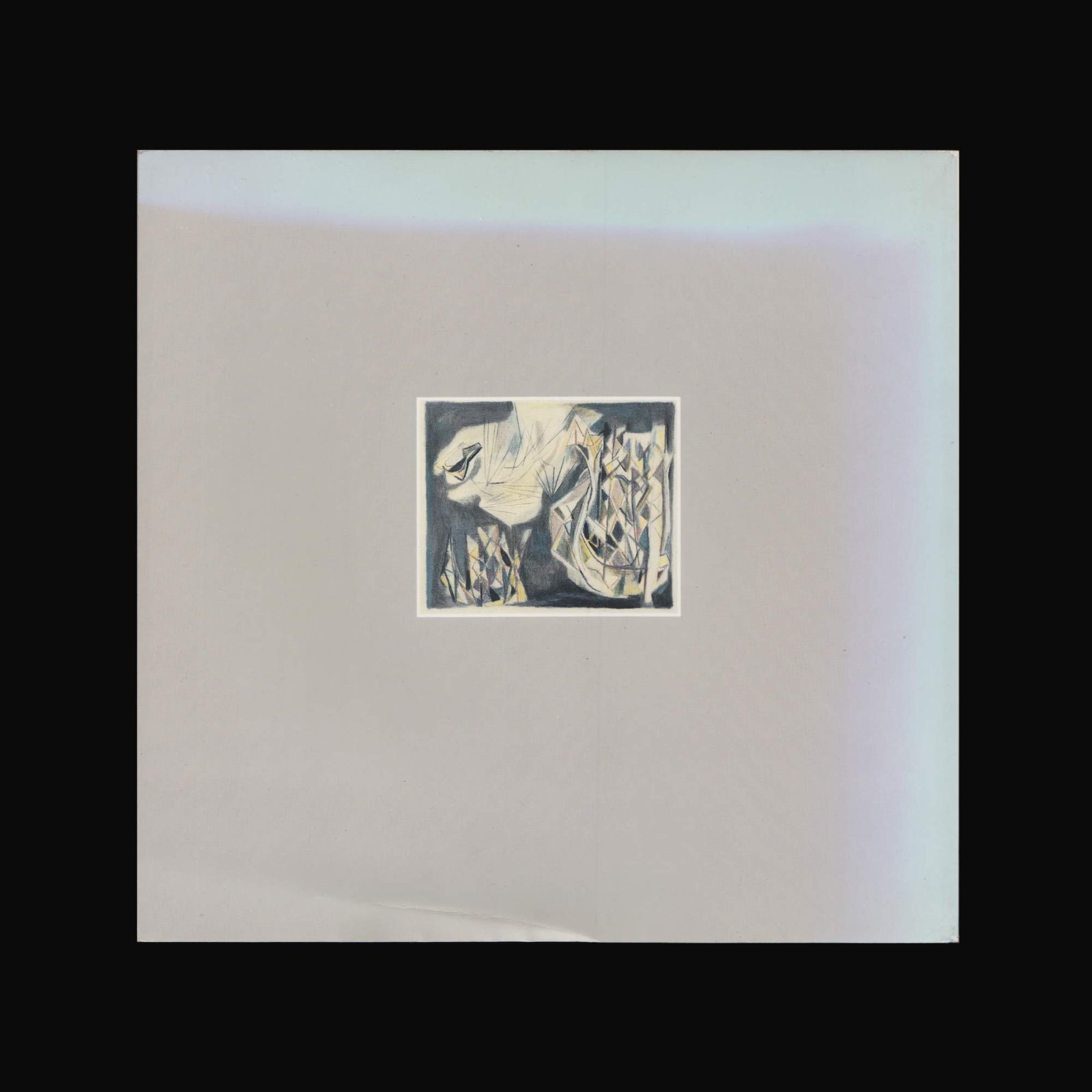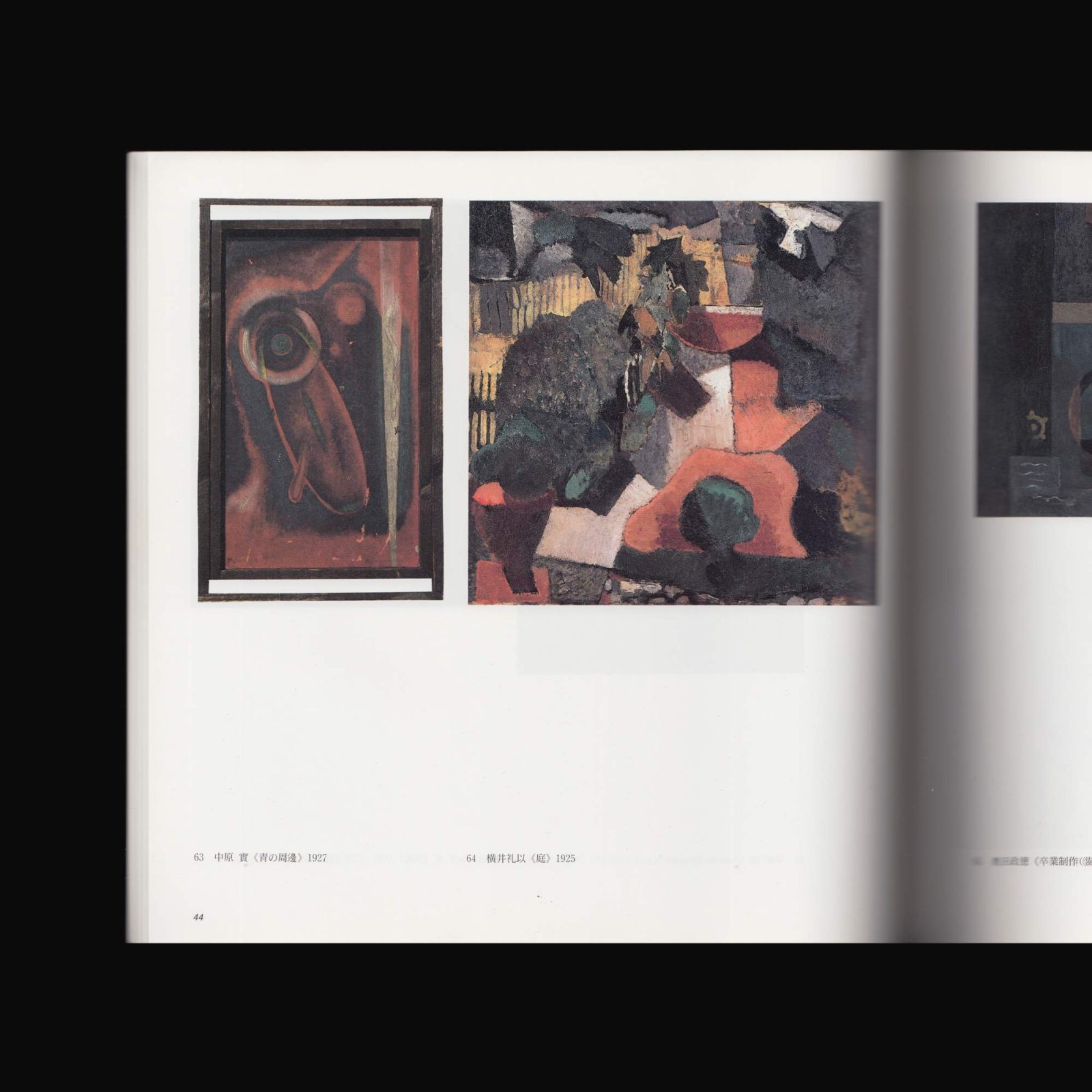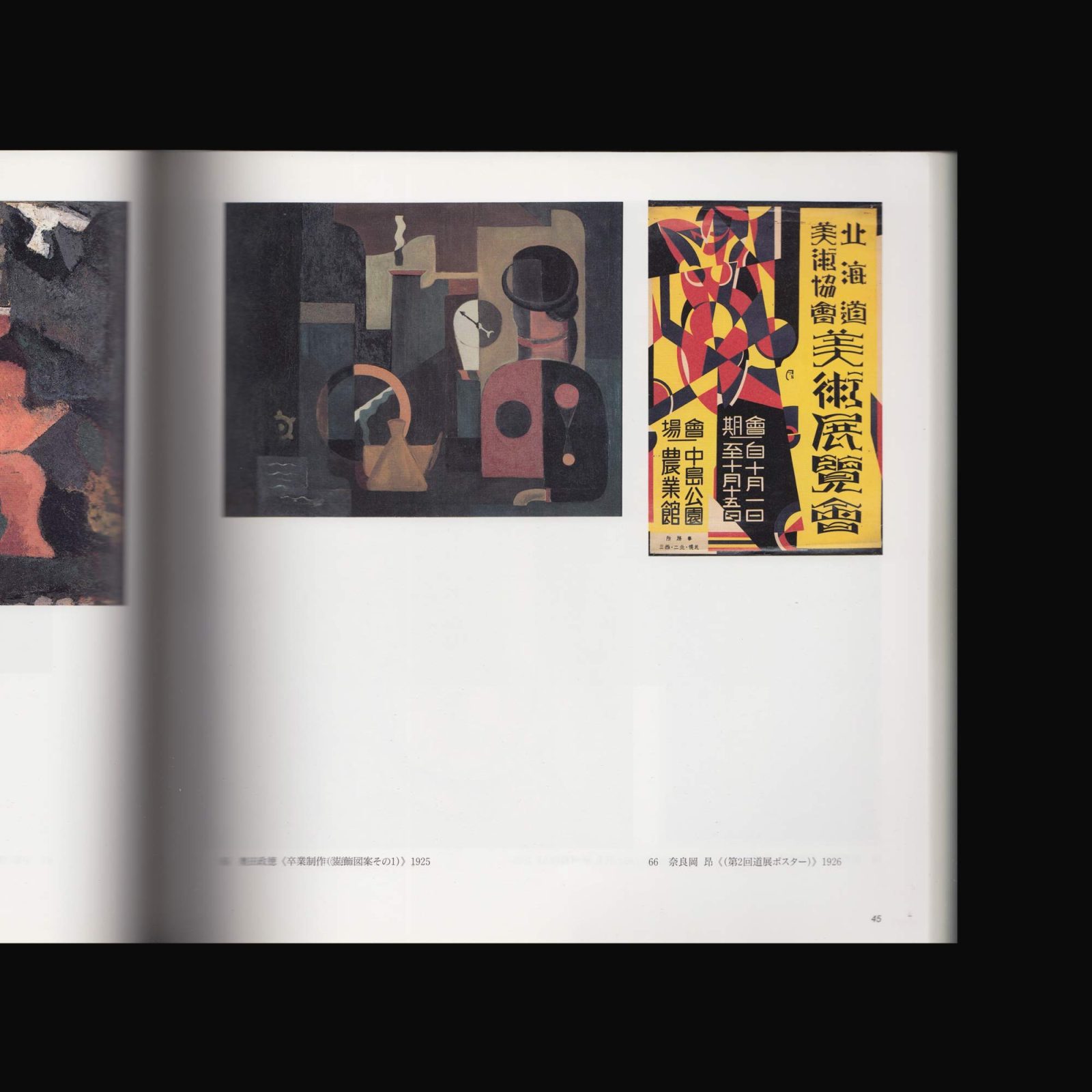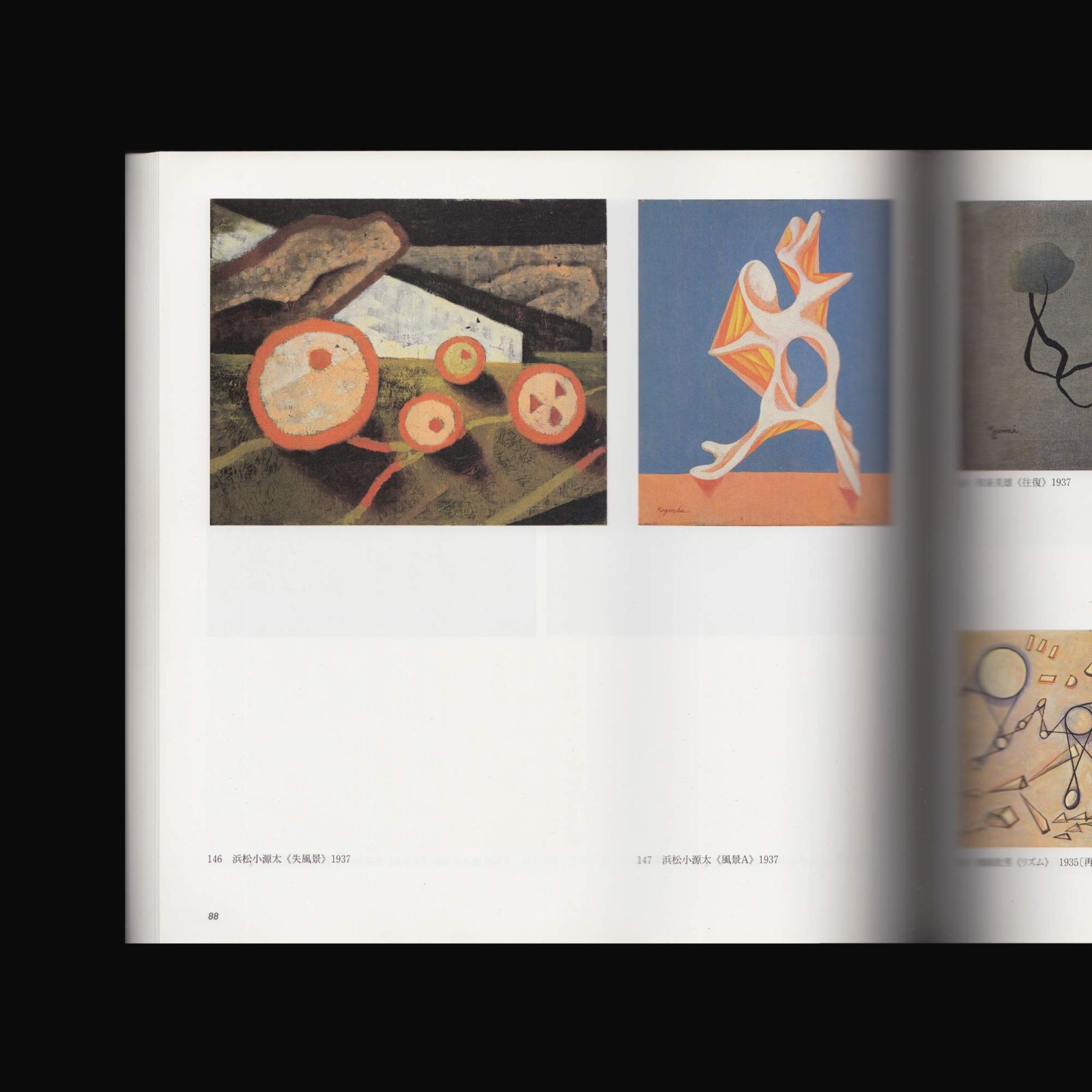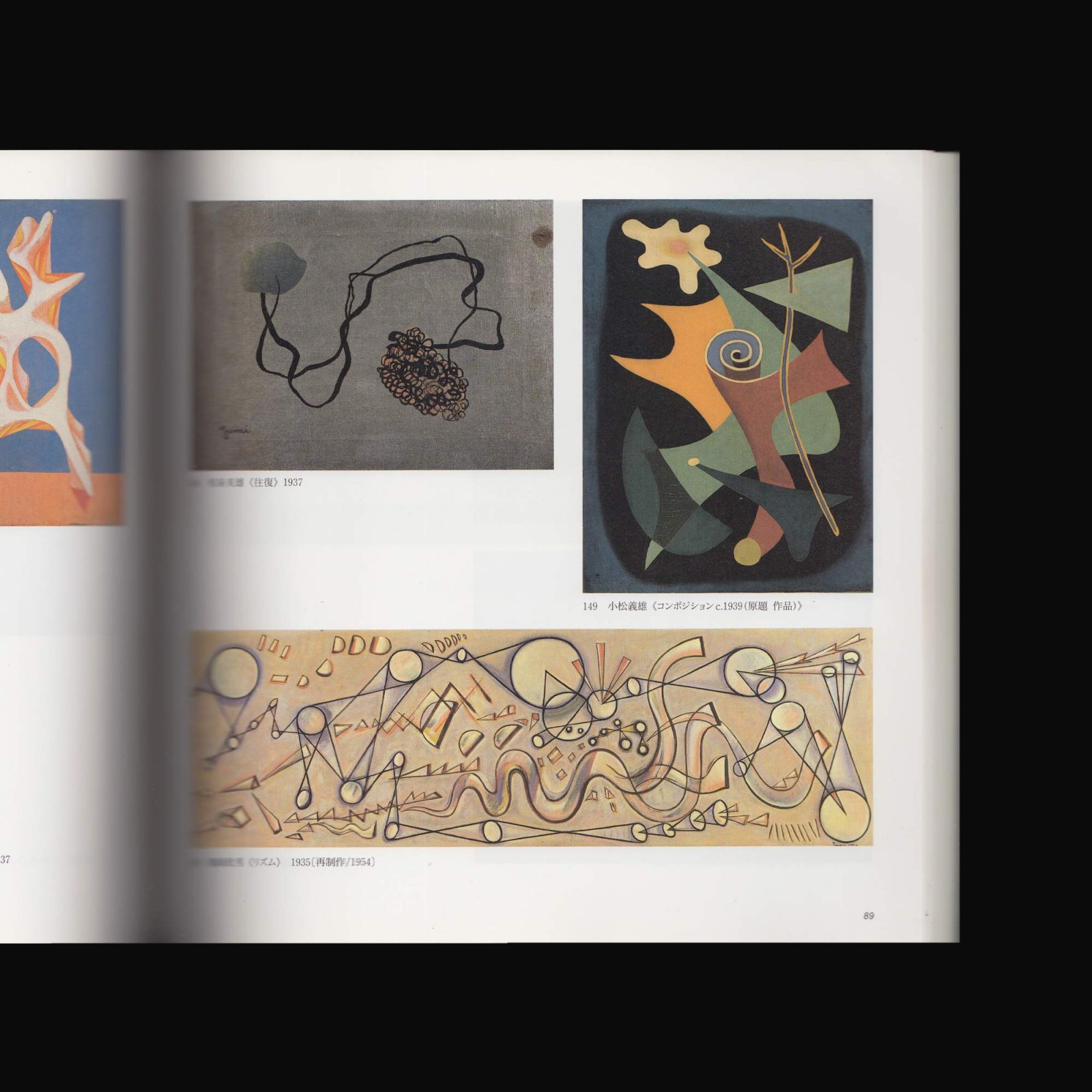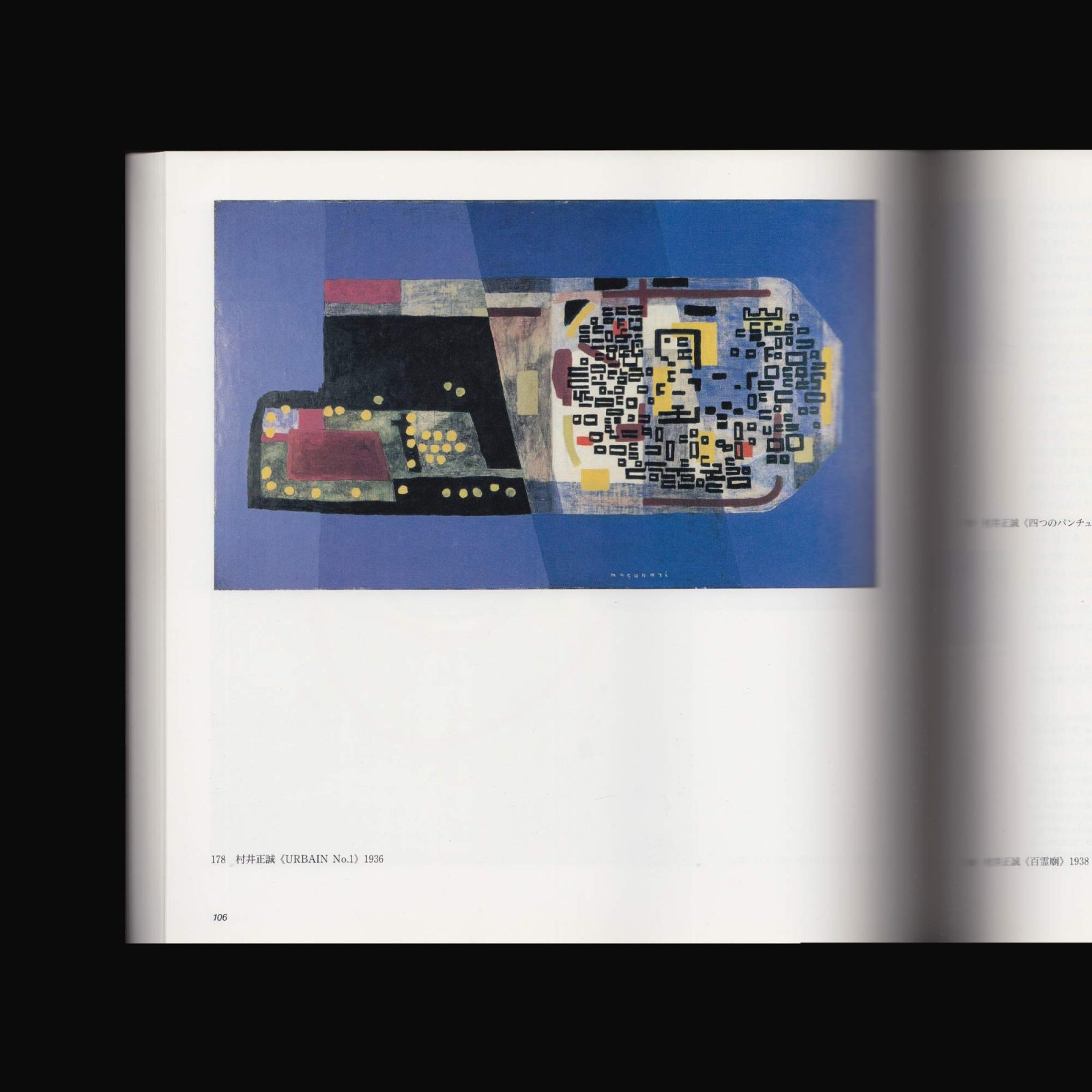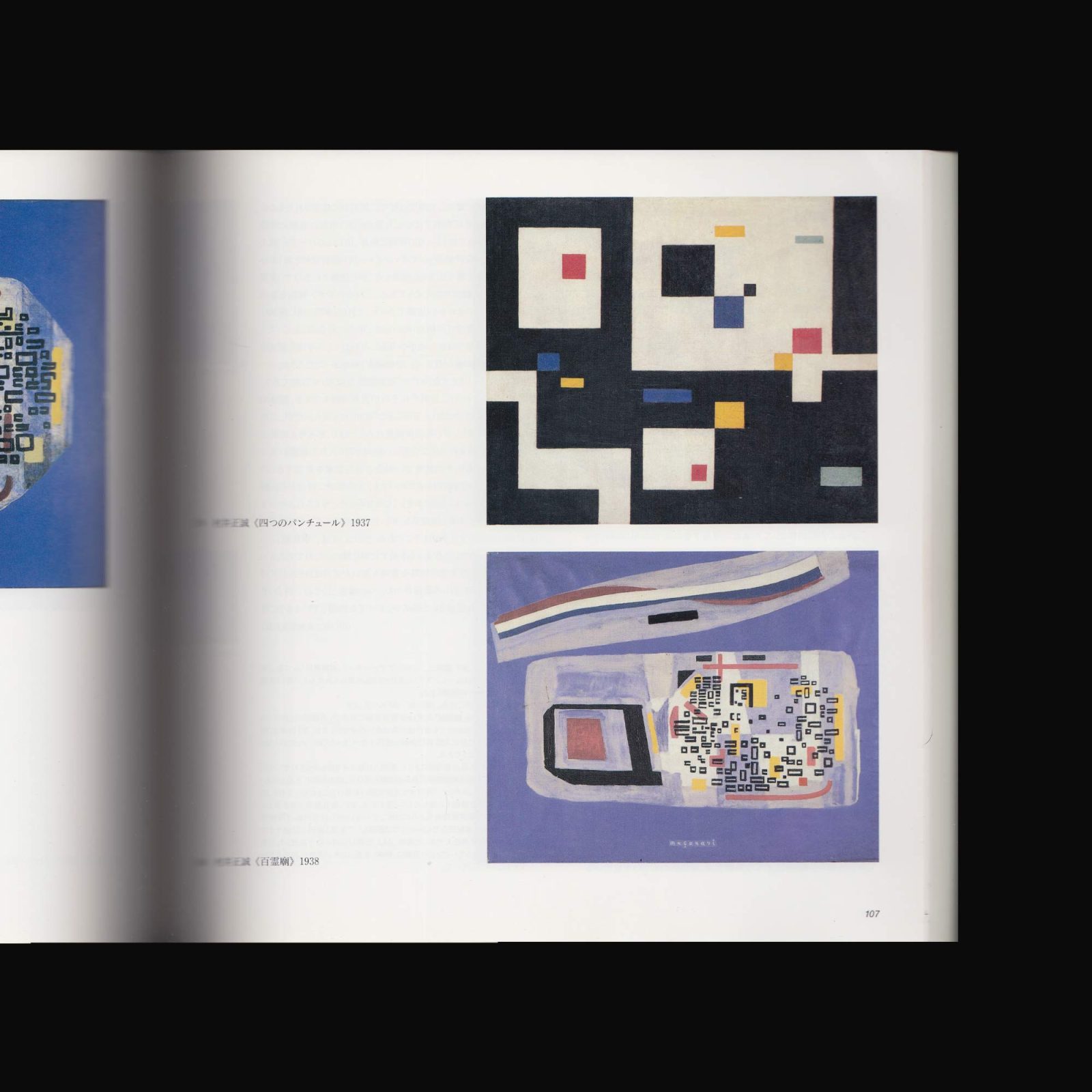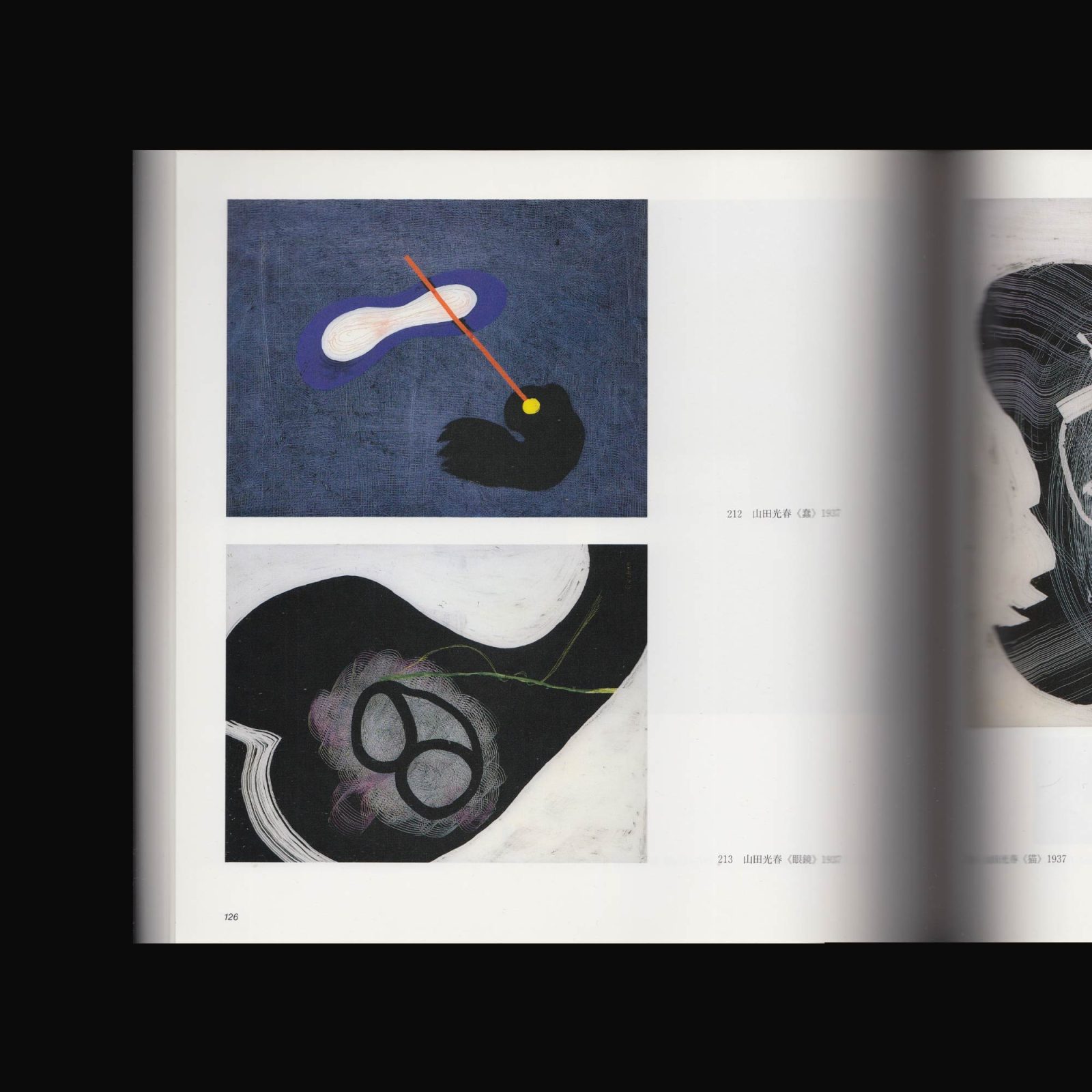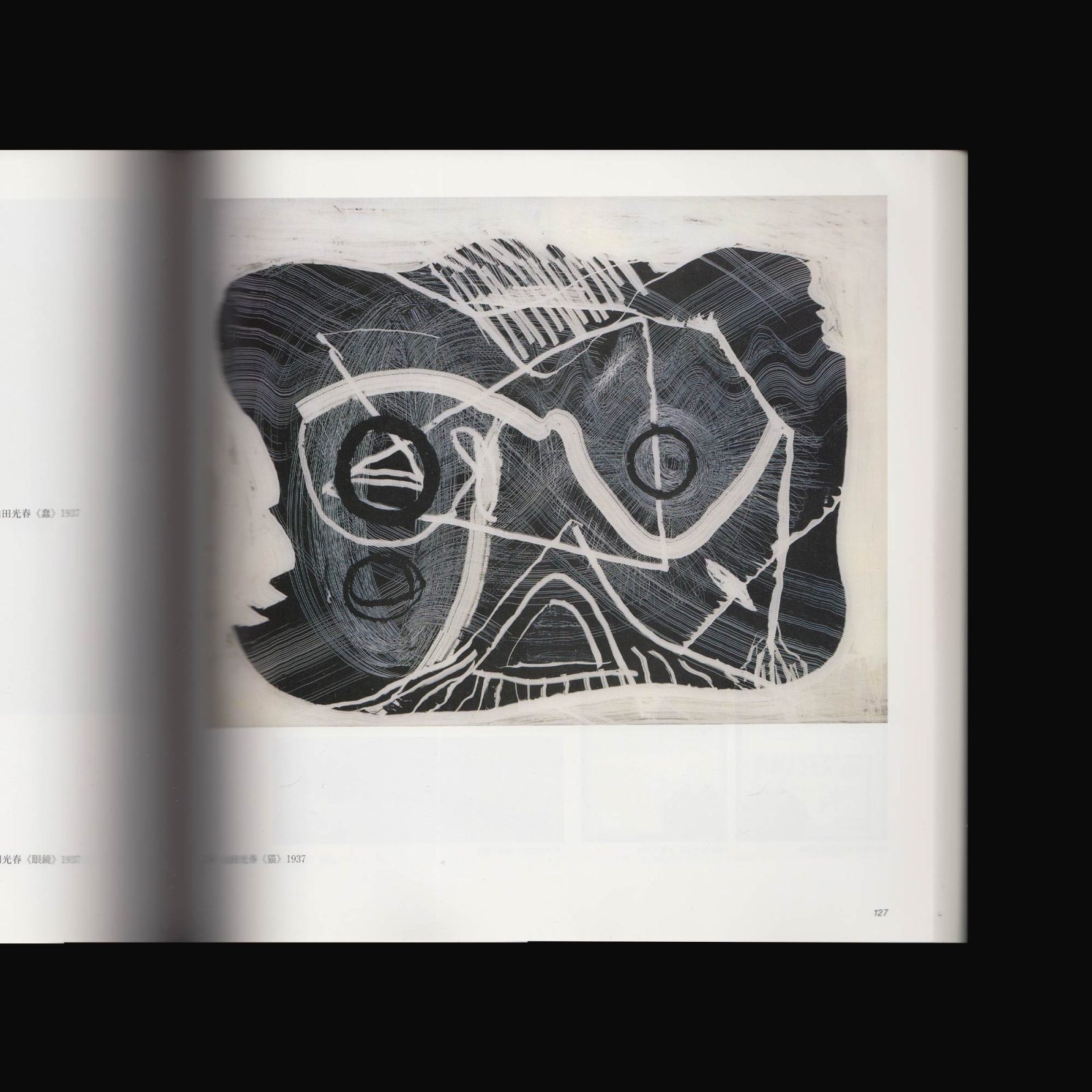His Unknown Aspects
Iwata Nakayama
Produced on the occasion of the exhibitions at Hyogo Prefectural Museum of Modern Art, Hyogo, 29 August–15 October, 1989 and Seibu Department Store Ikebukuro, Tokyo, 27 October—15 November, 1989.
Iwata Nakayama (1895-1949) is regarded as a one of the most important contributors to the Shinko Shashin movement. From 1918 he travelled in the the west and was attracted to avant-garde movements and moved in bohemian circles where he met Shimizu Toshi, Man Ray, Fujita Tsuguji, and Enrico Prompolini. These encounters left a deep impression on him and when he returned to Japan in 1927 he energetically set about forming his own vision of ‘pure art photography’. In 1929 he settled in Ashiya (nr. Kobe) and in the following year founded the Ashiya Camera Club with Hanaya Kambei, Korai Seiji, and others. This club became the main driving force of New Photography in Japan. Together with Kimura and Nojima he founded Koga magazine in 1932 that was the most important forum for artistic photography at the time.
*Please note this publication is secondhand and may have some traces of previous ownership.



















